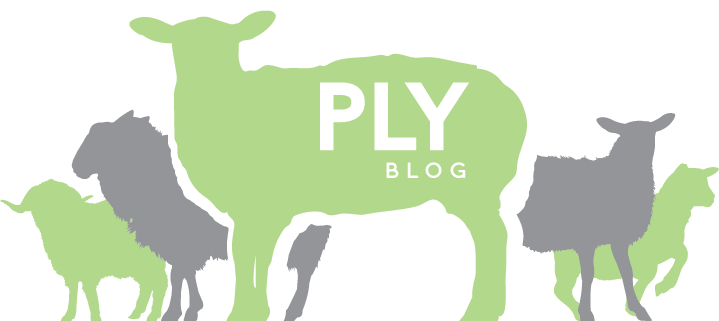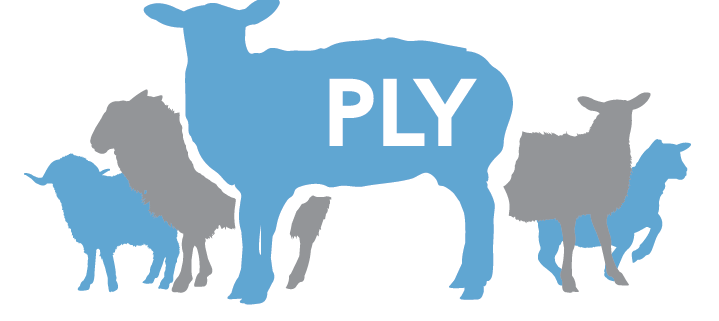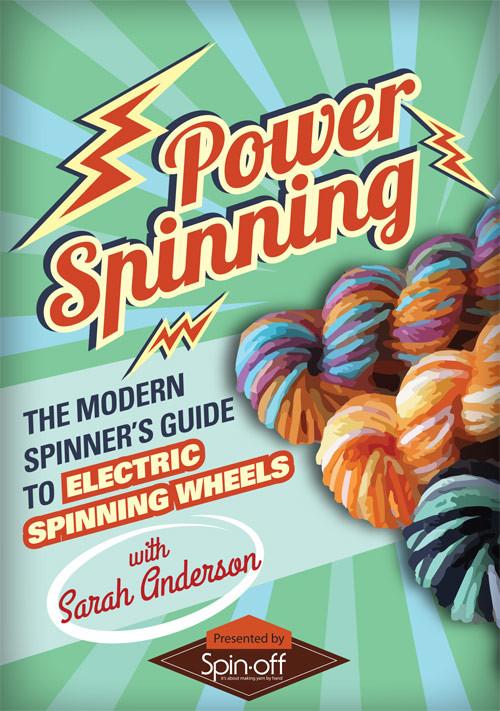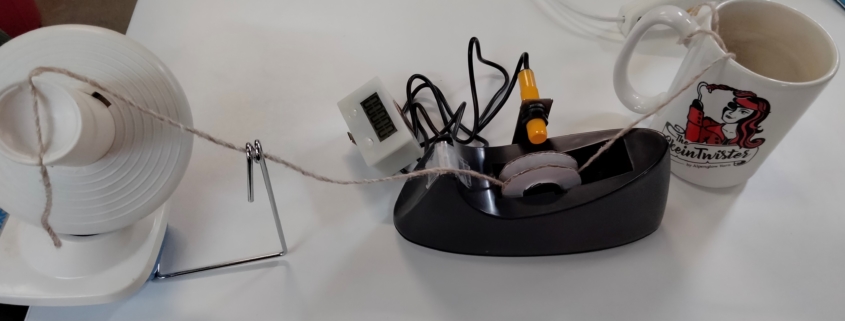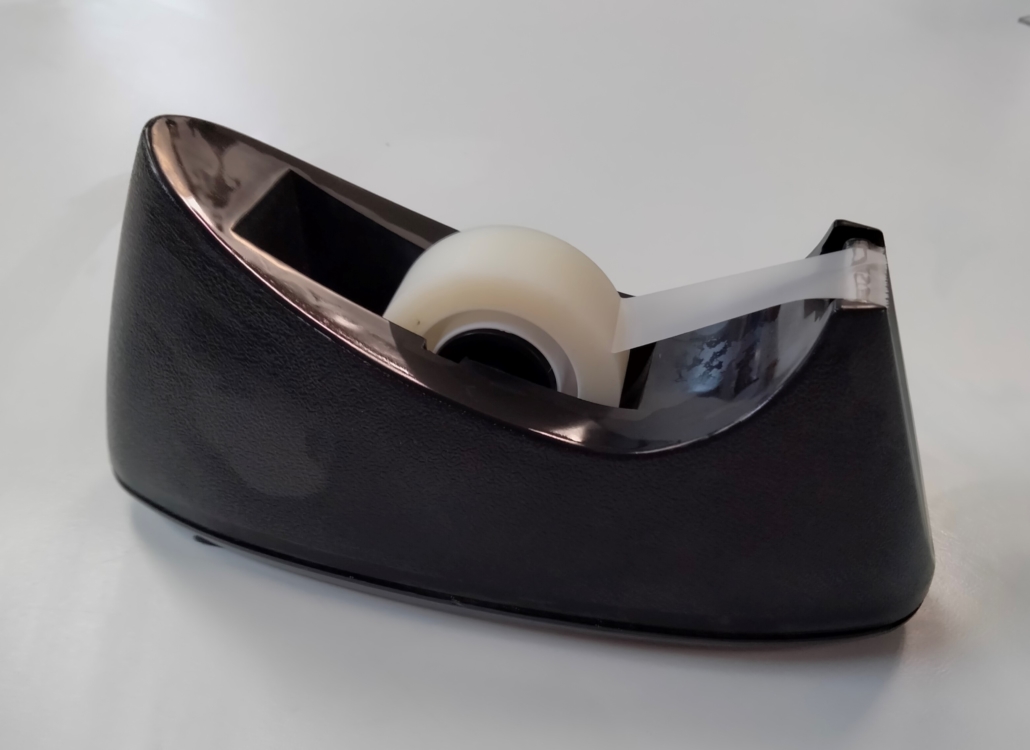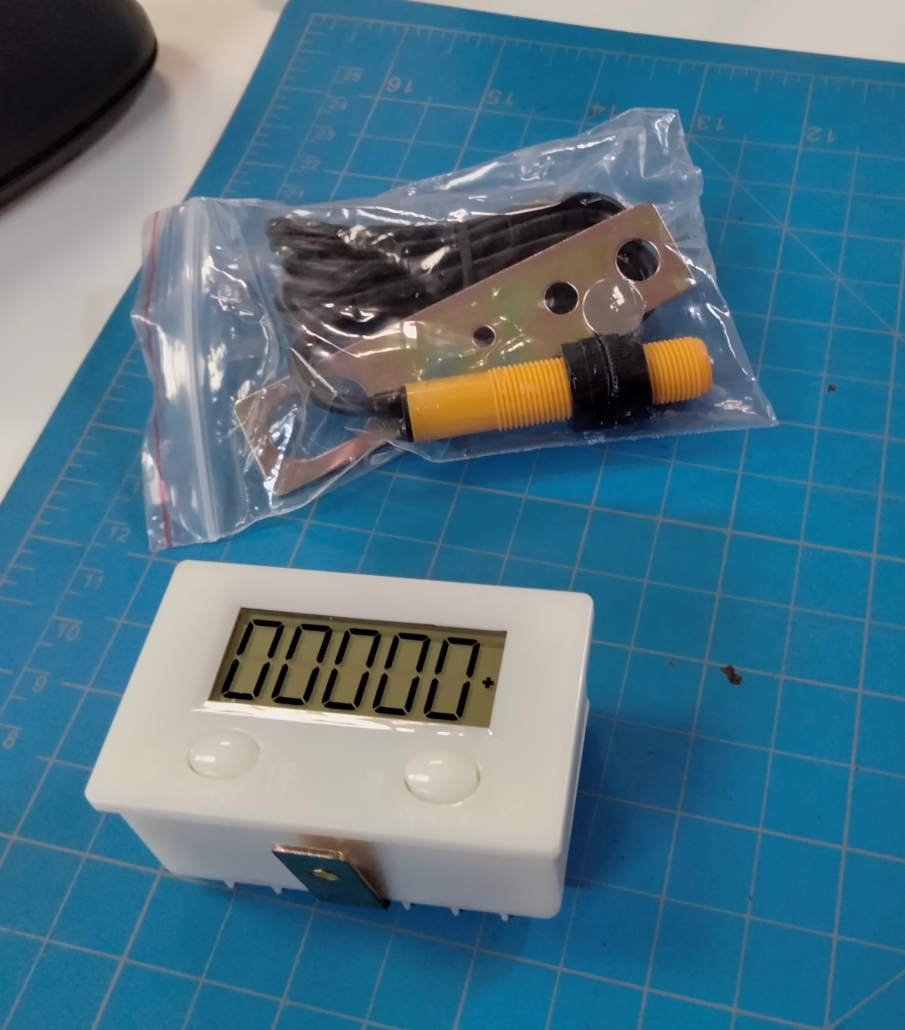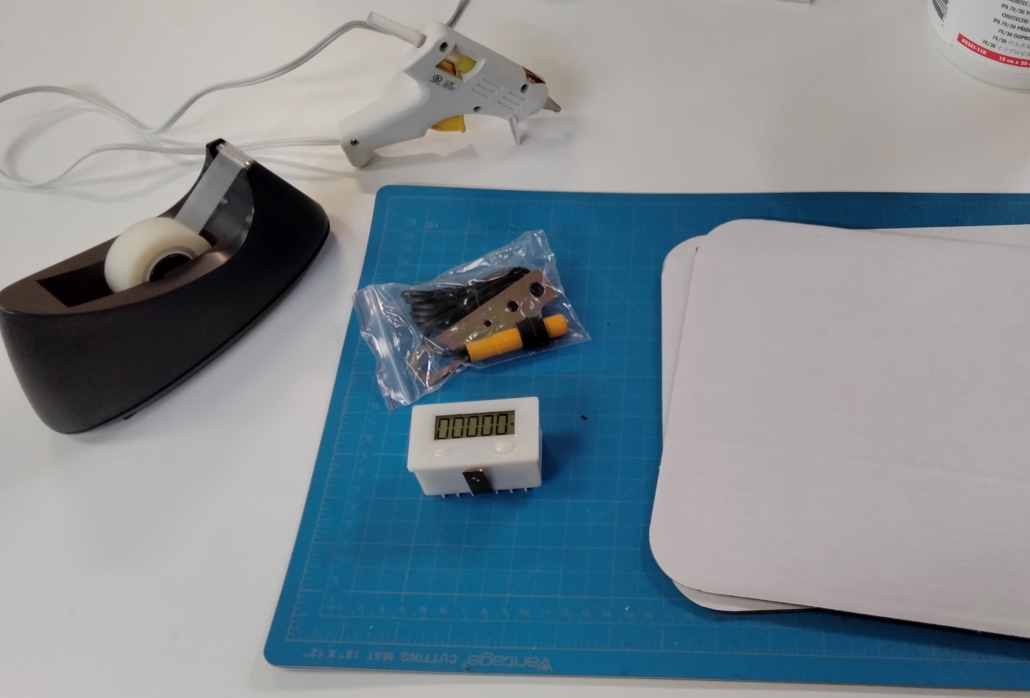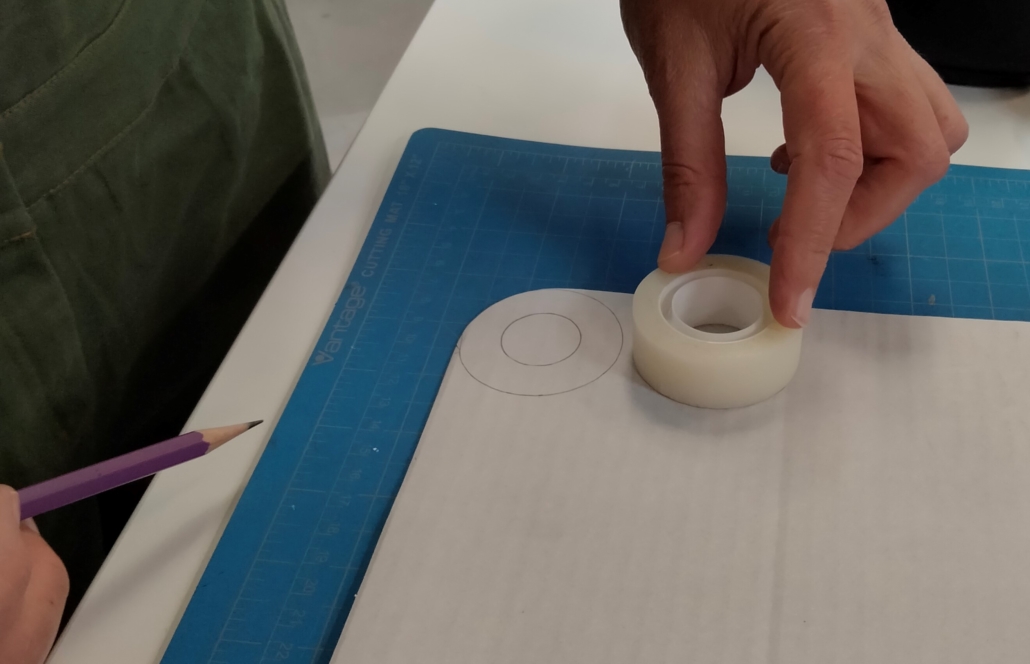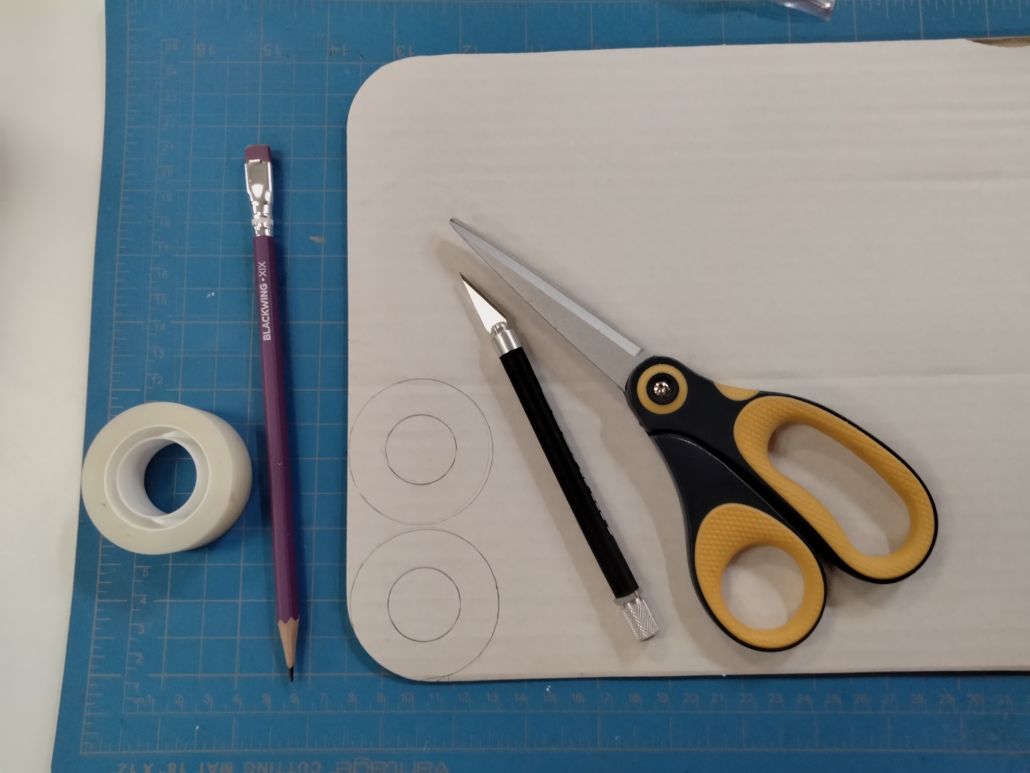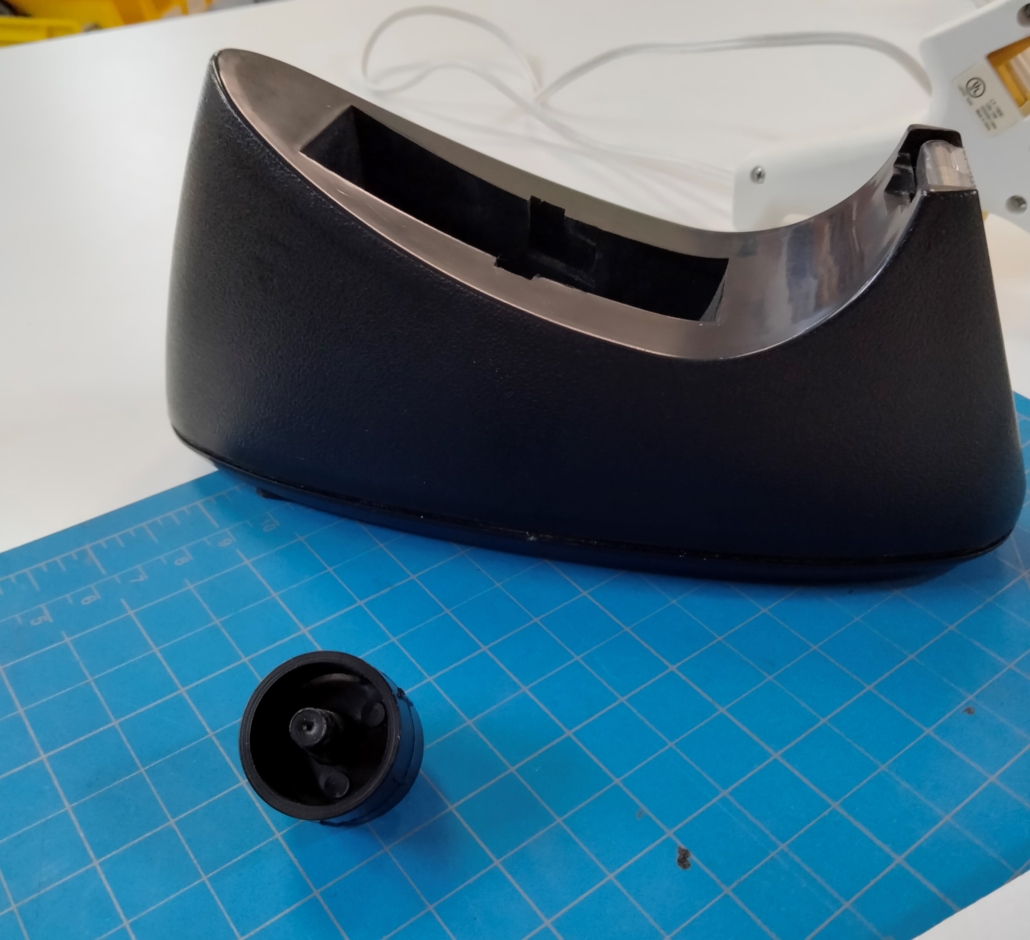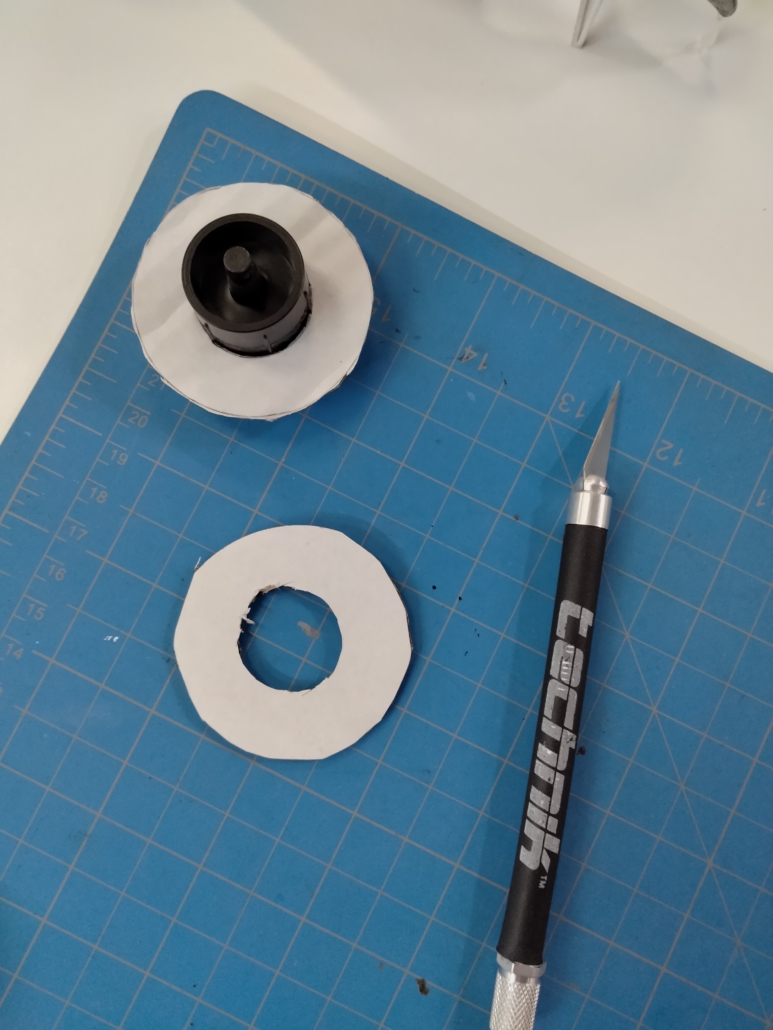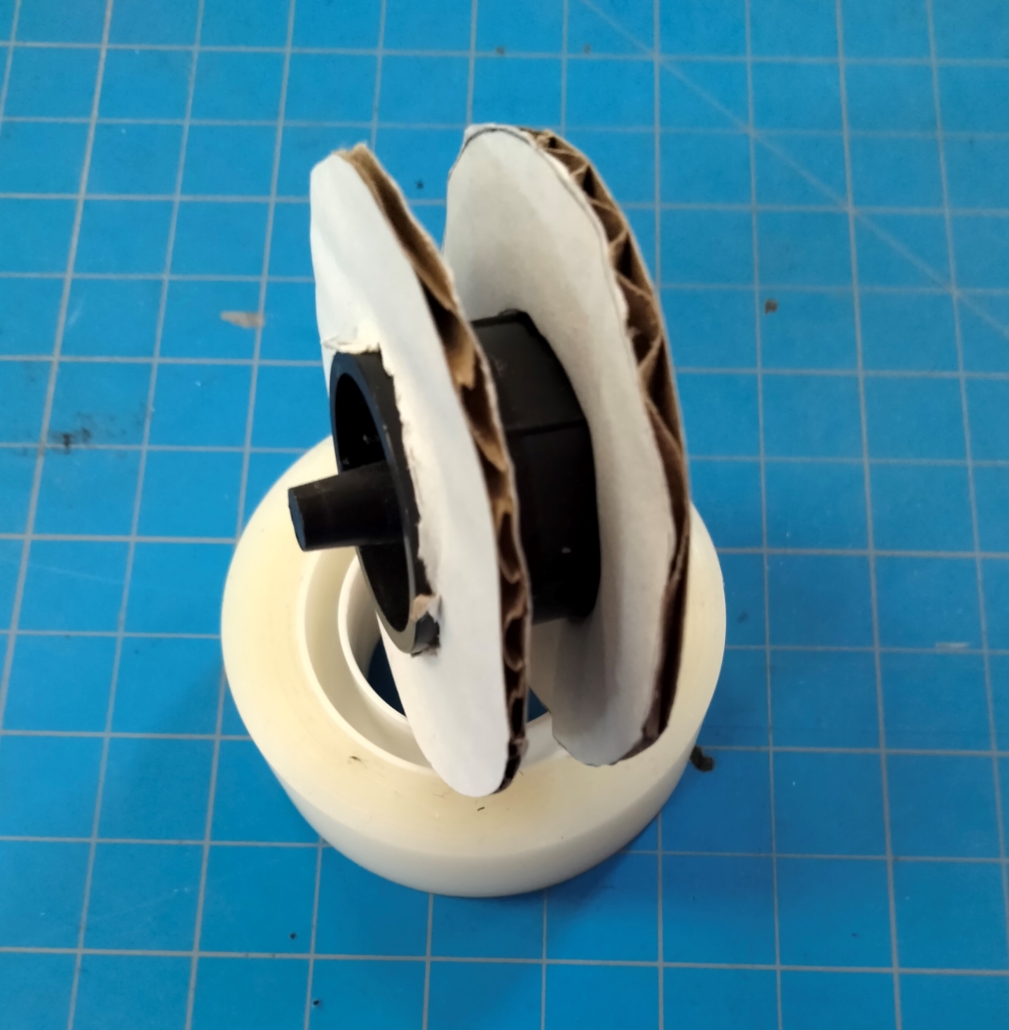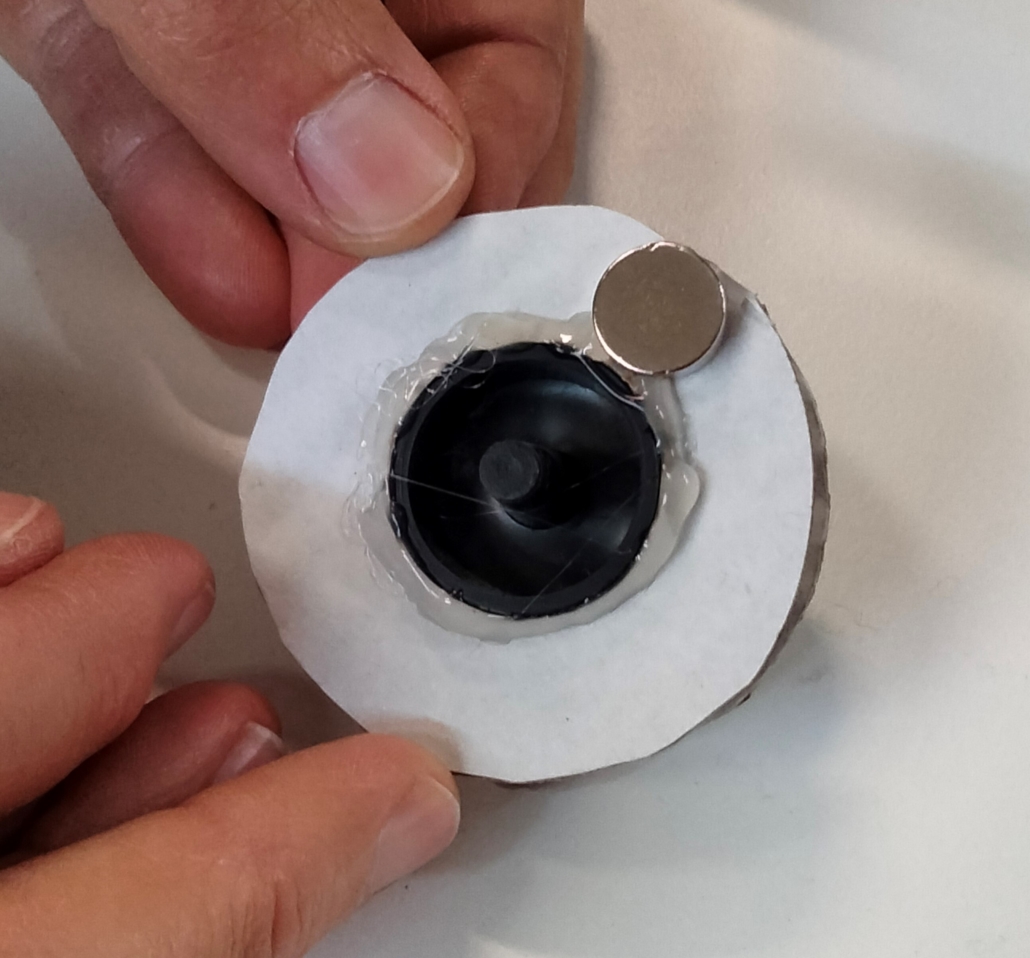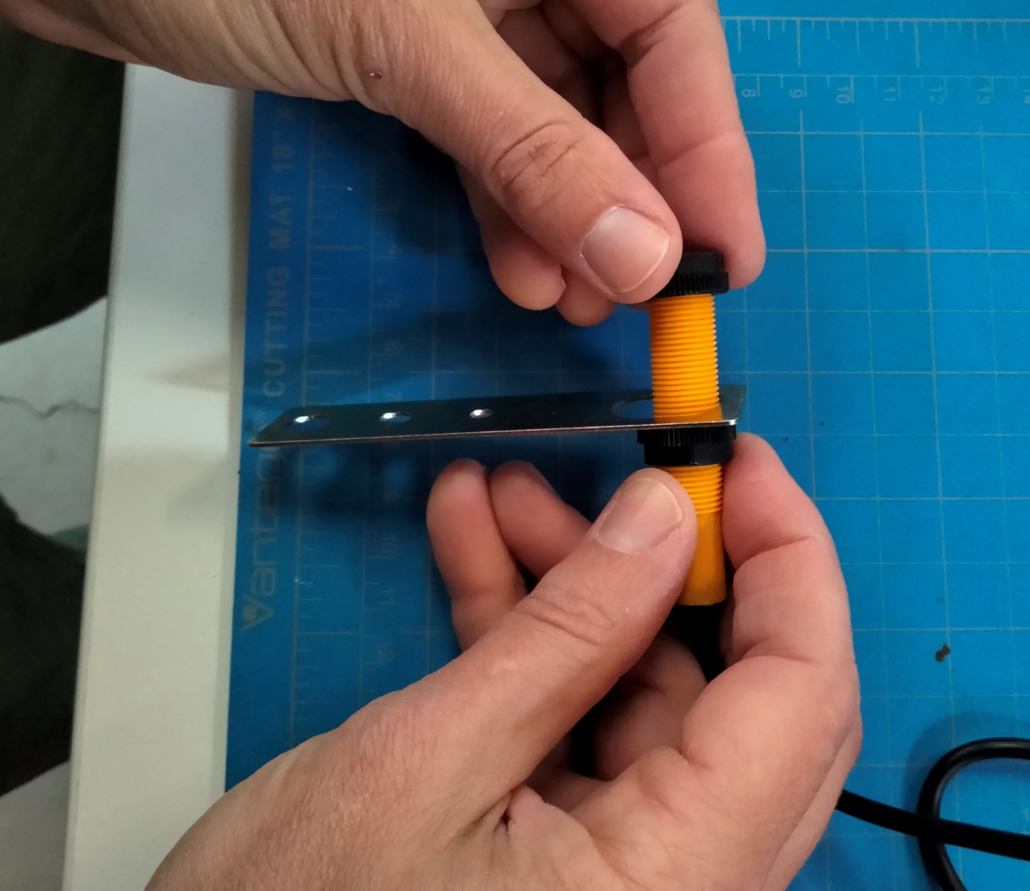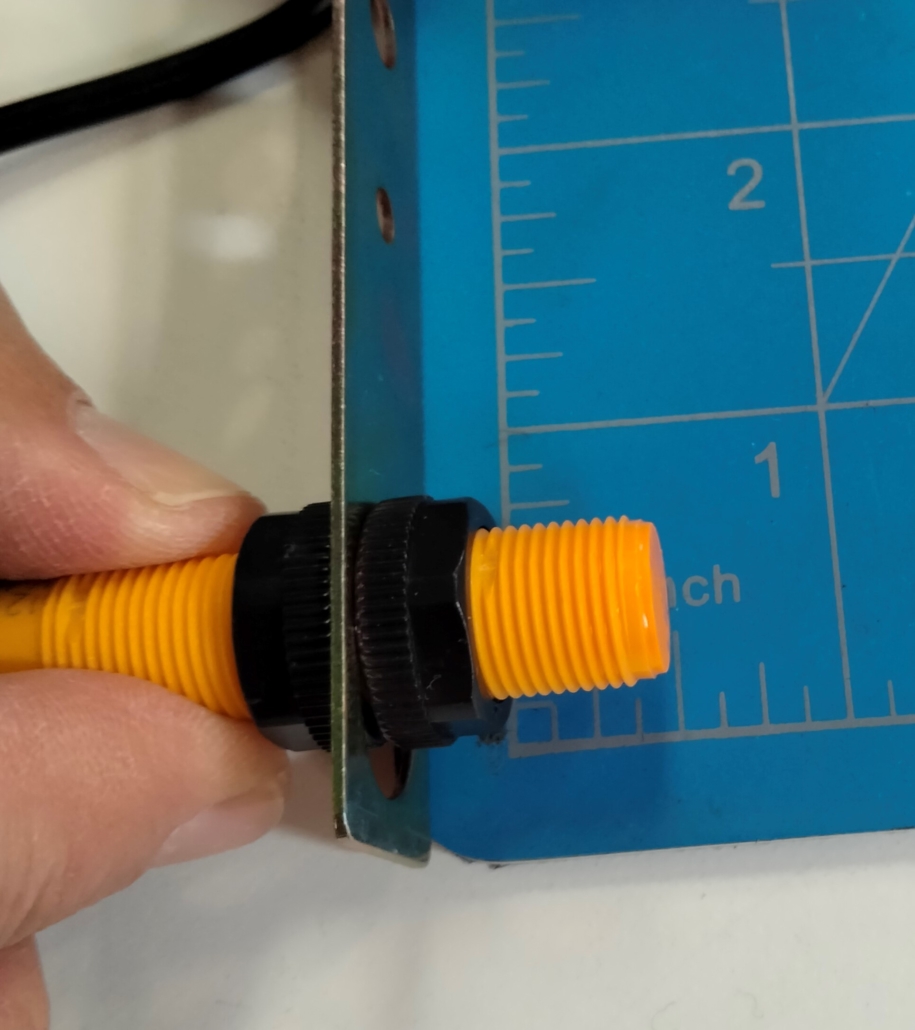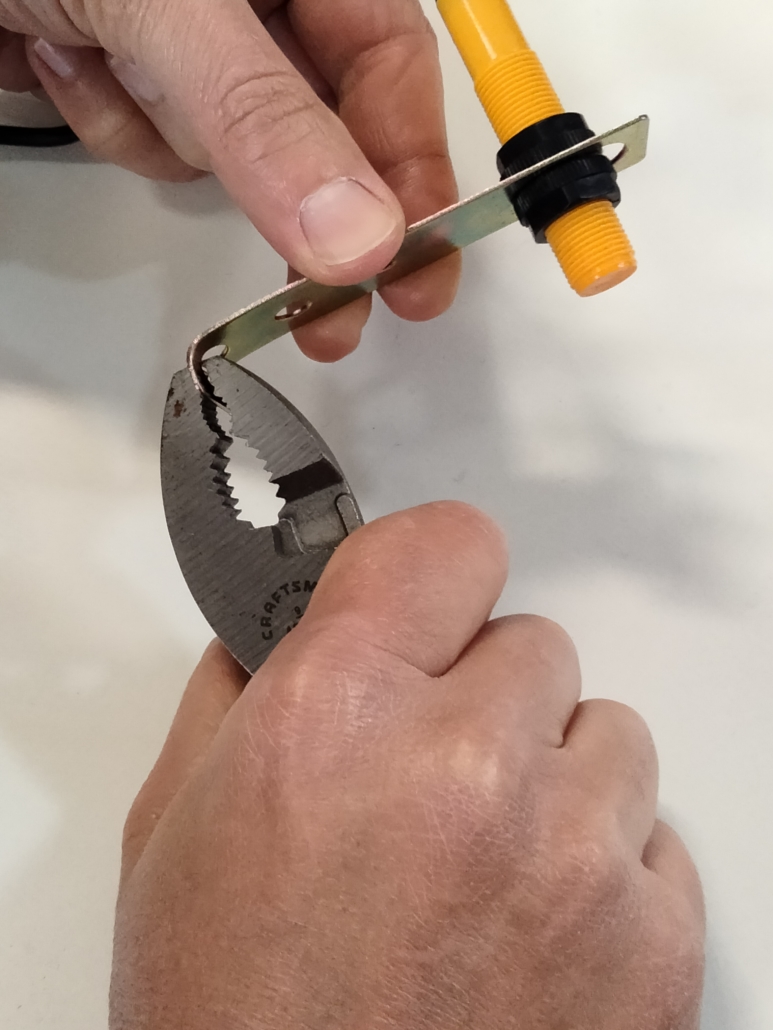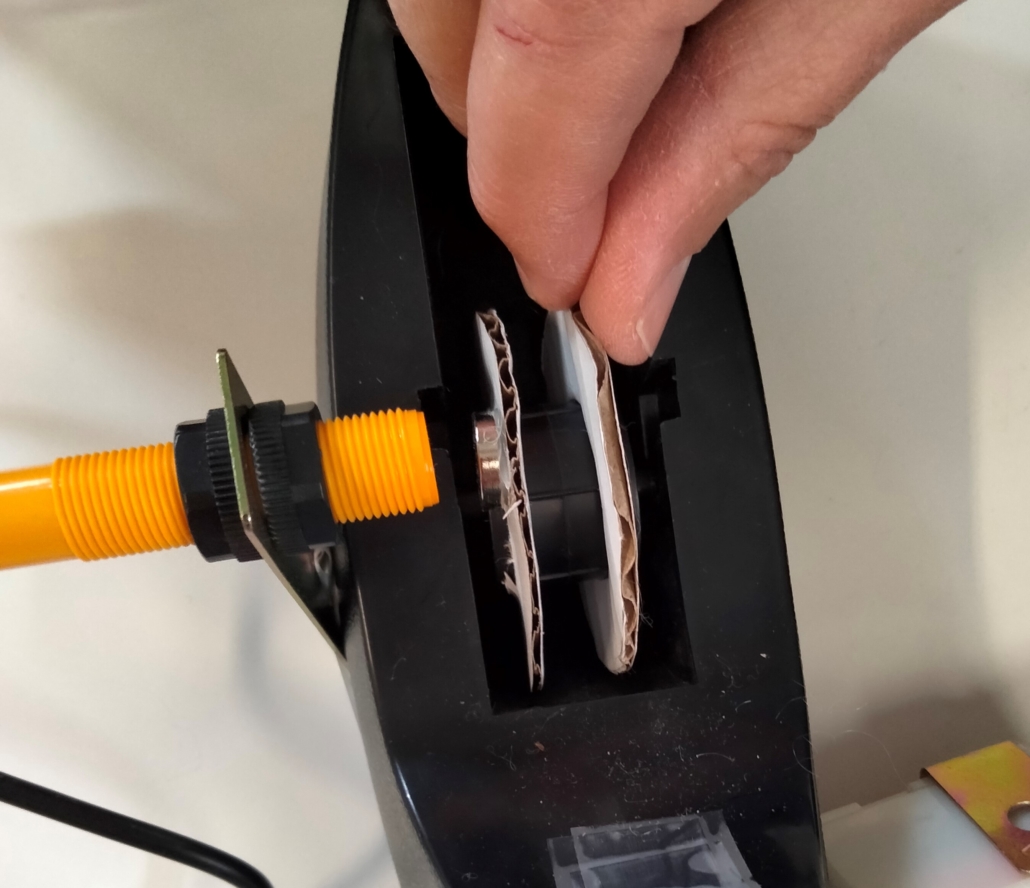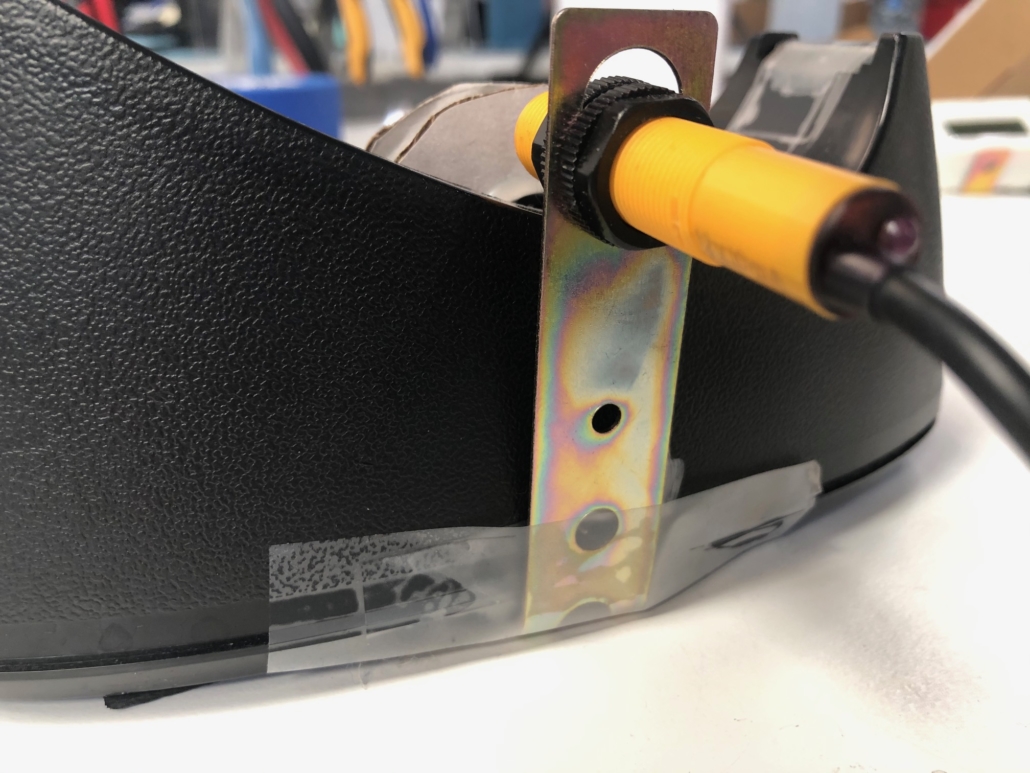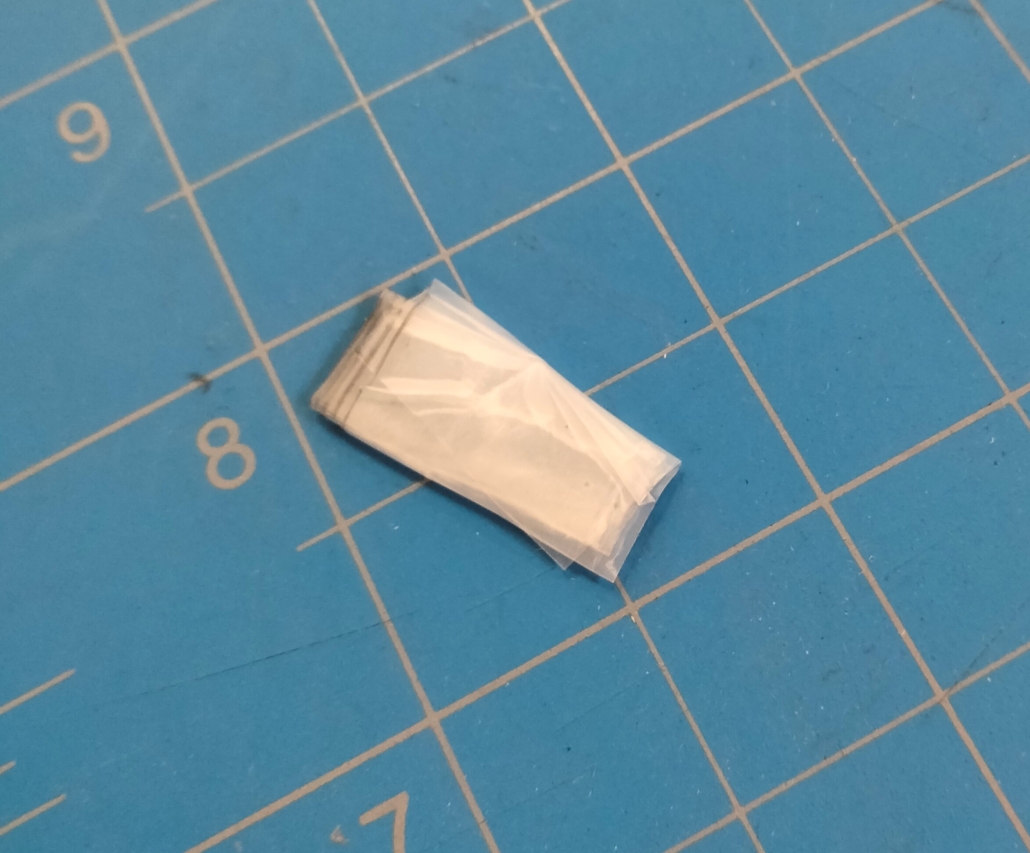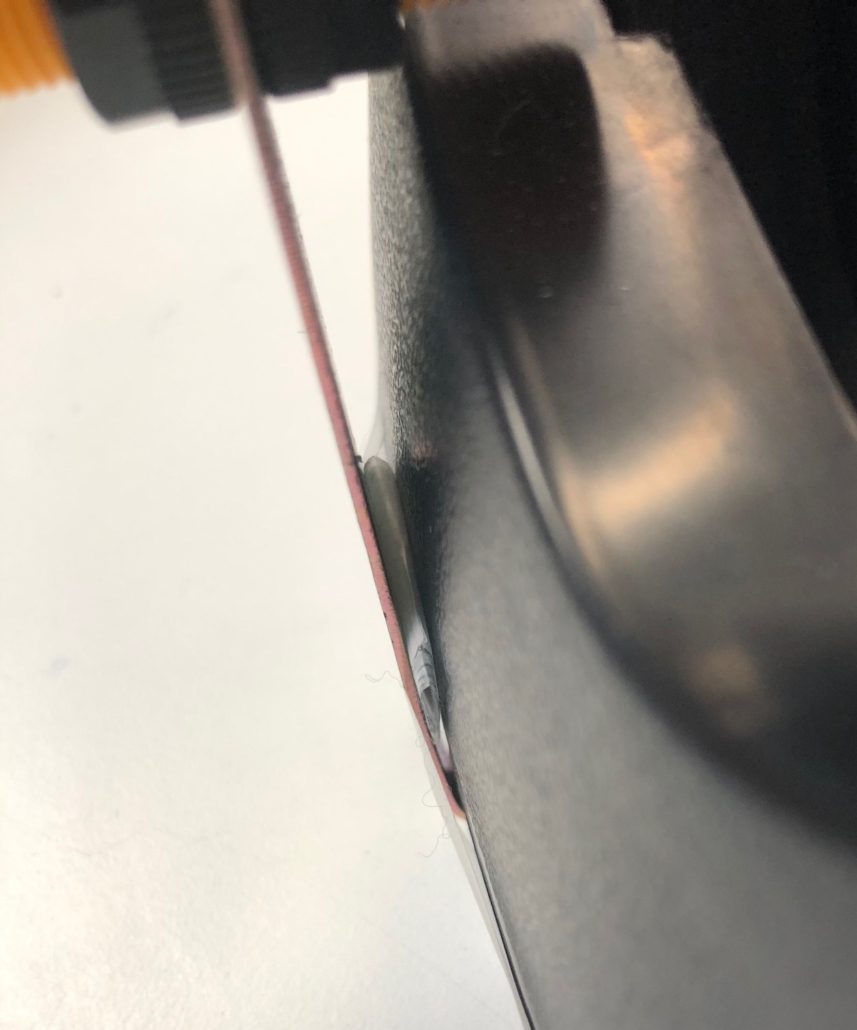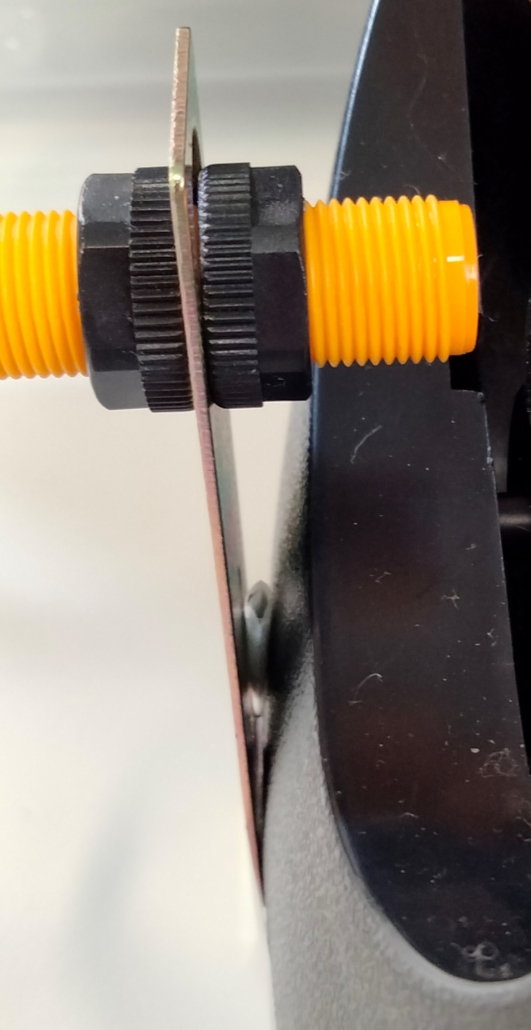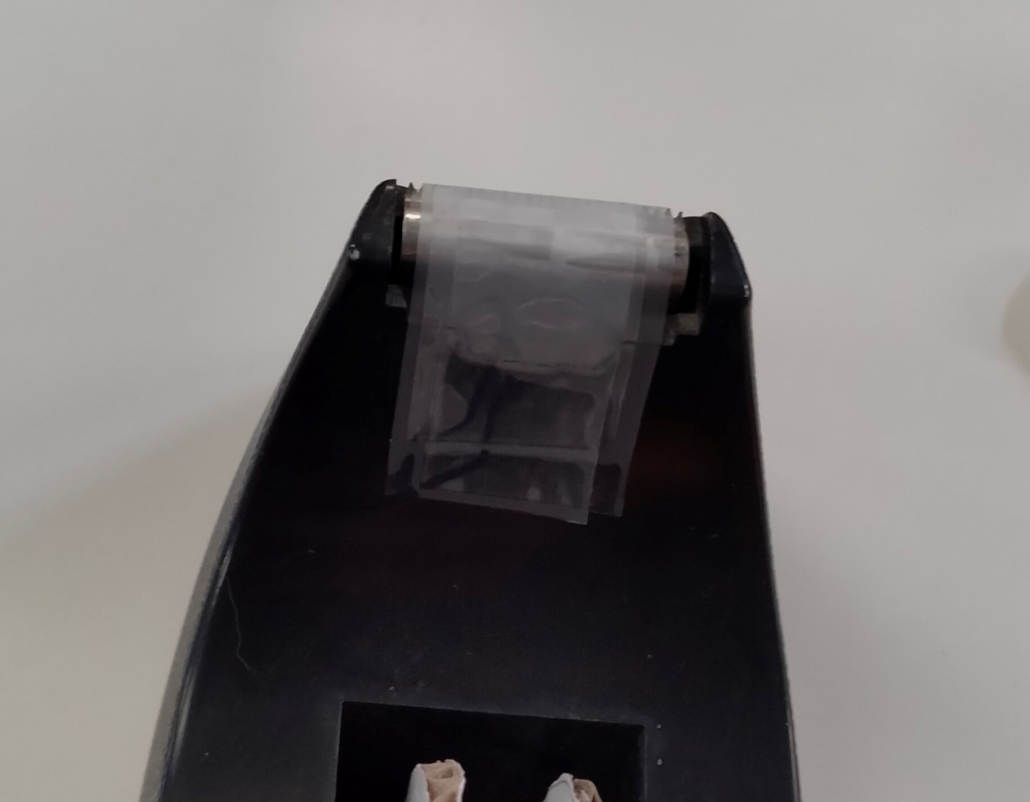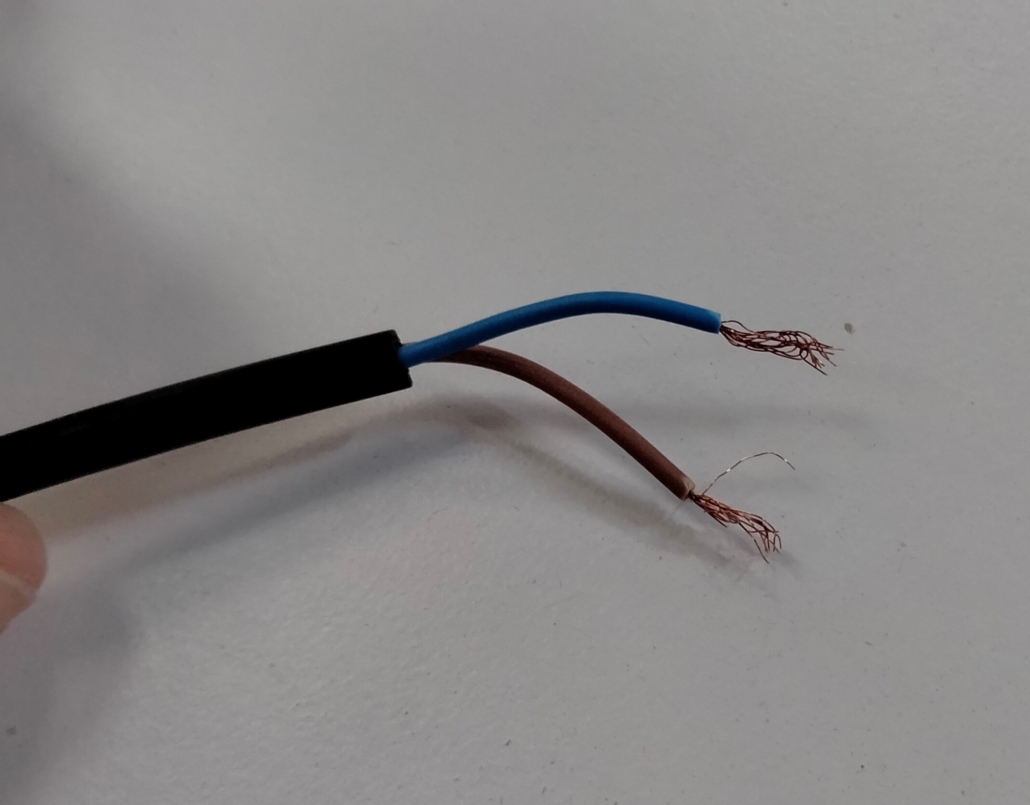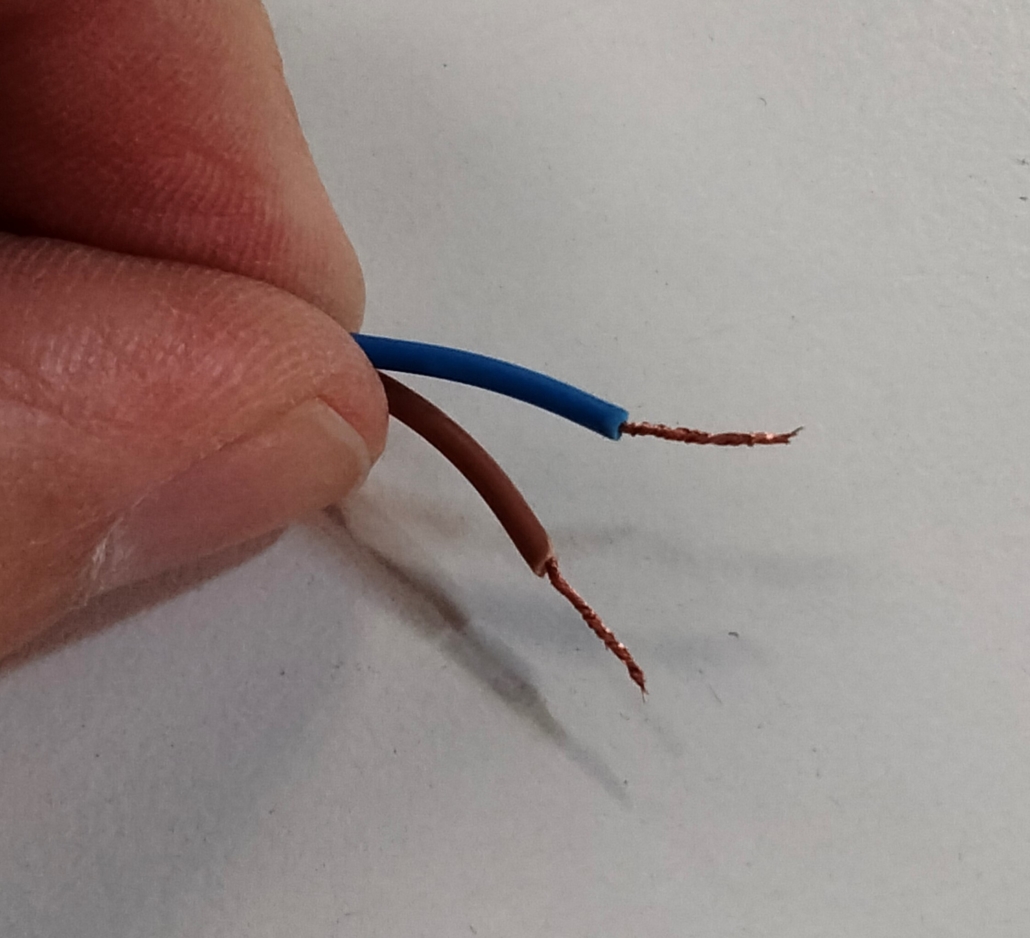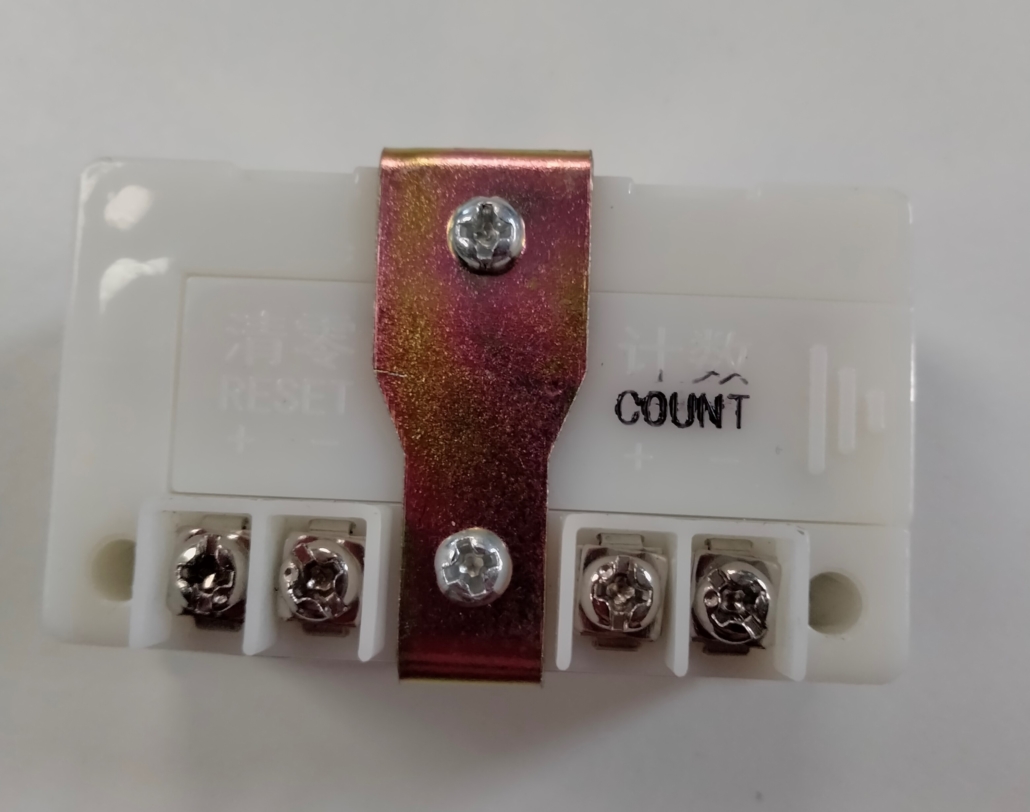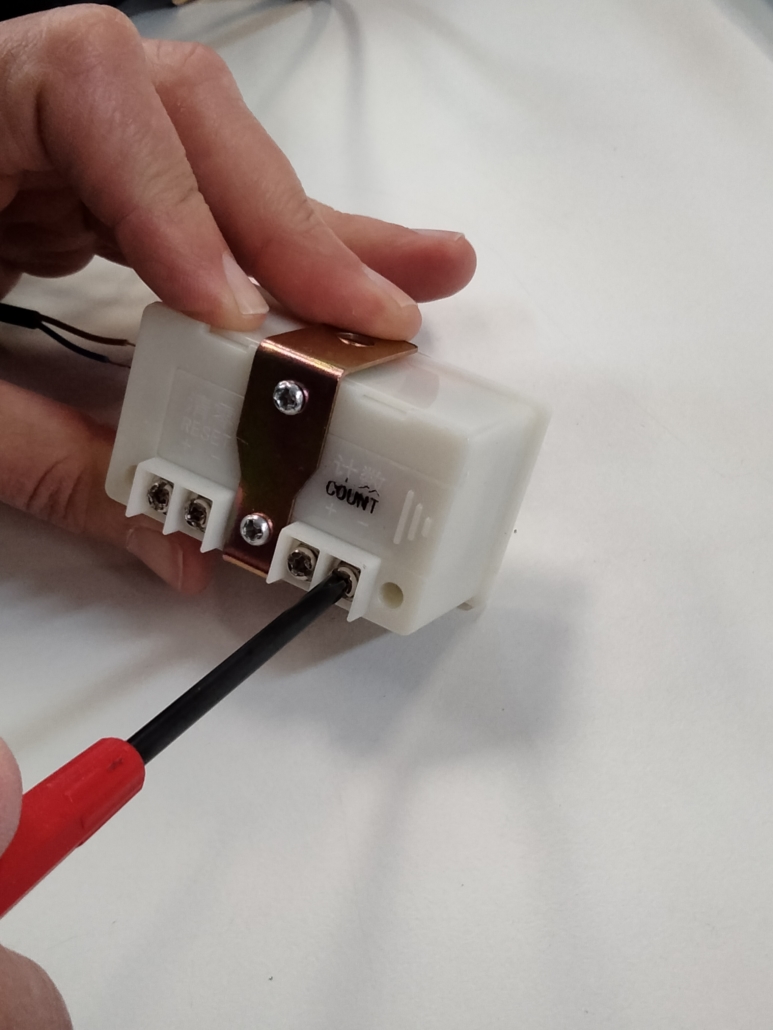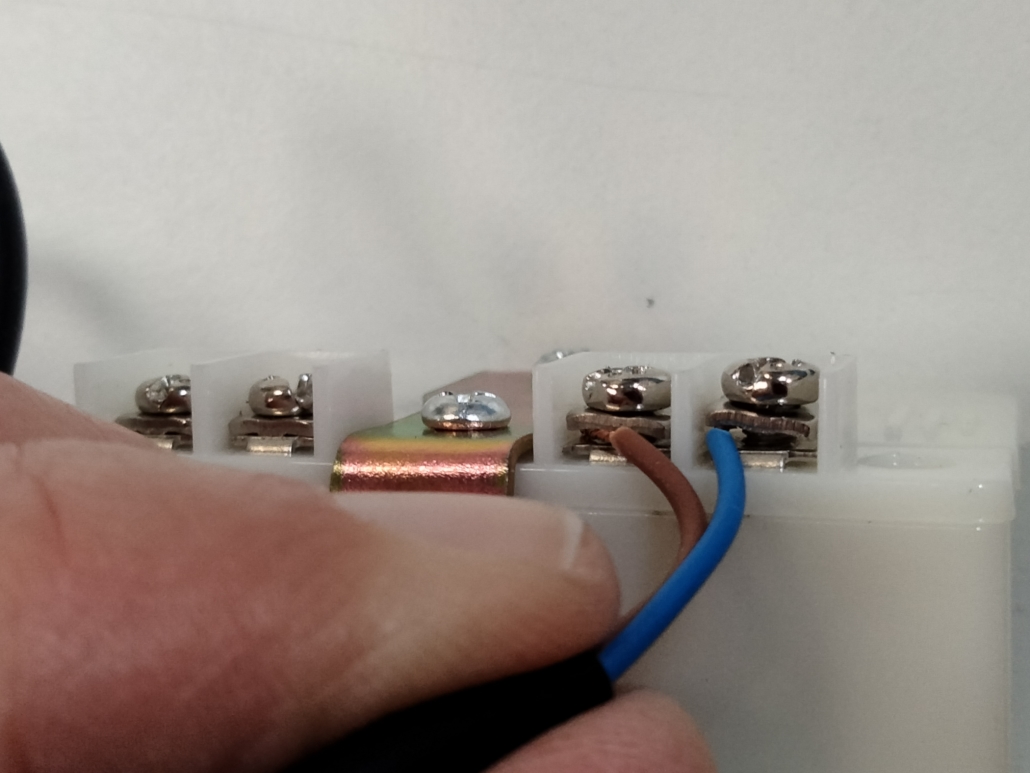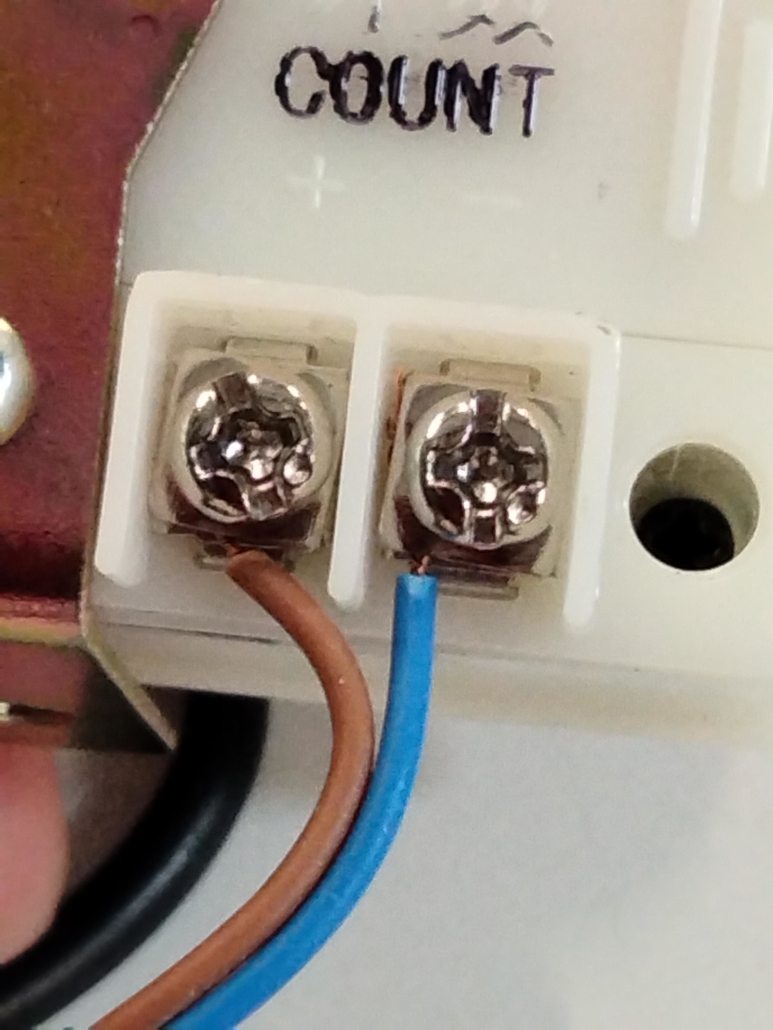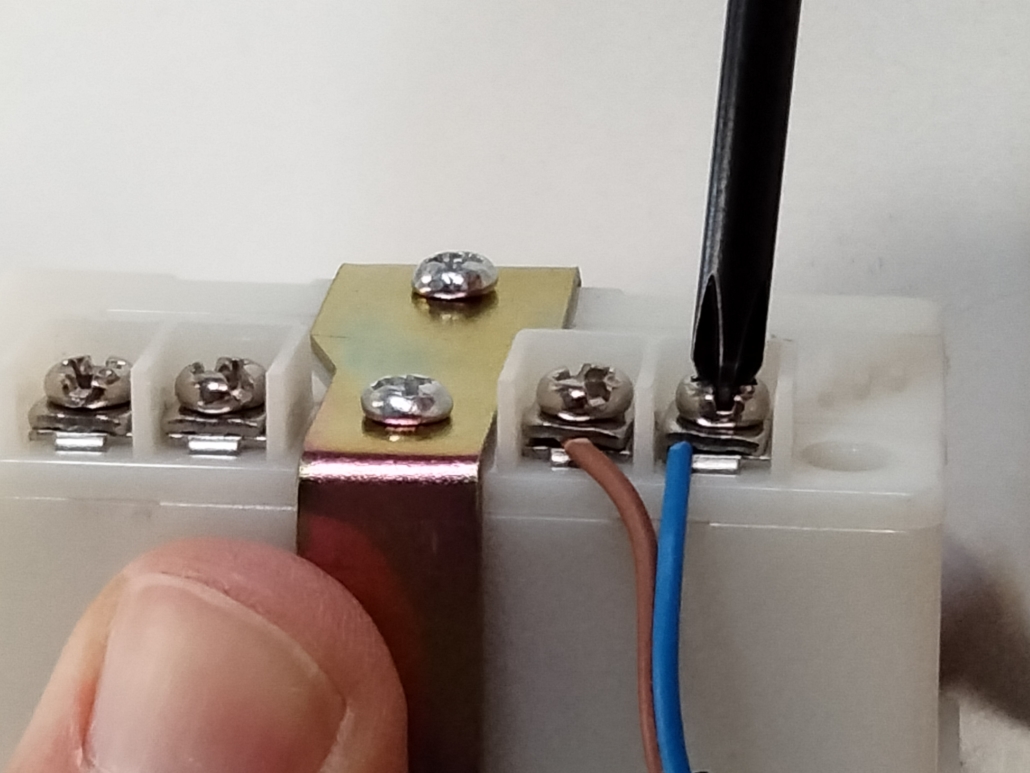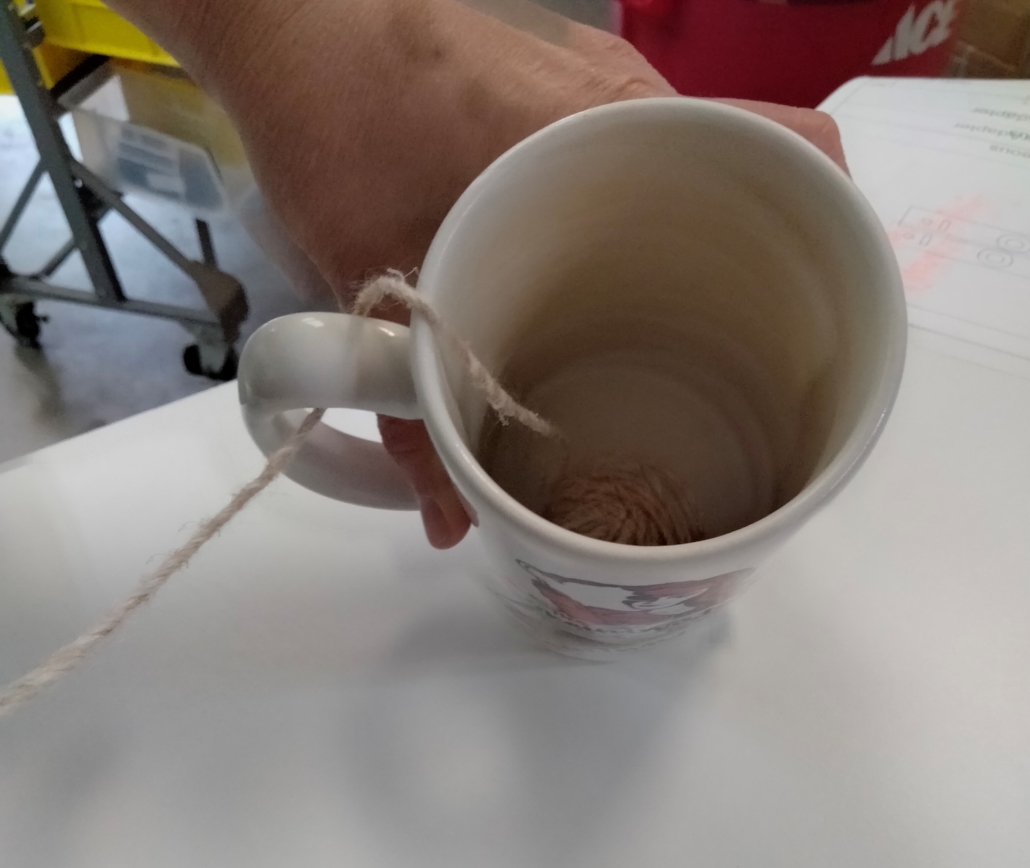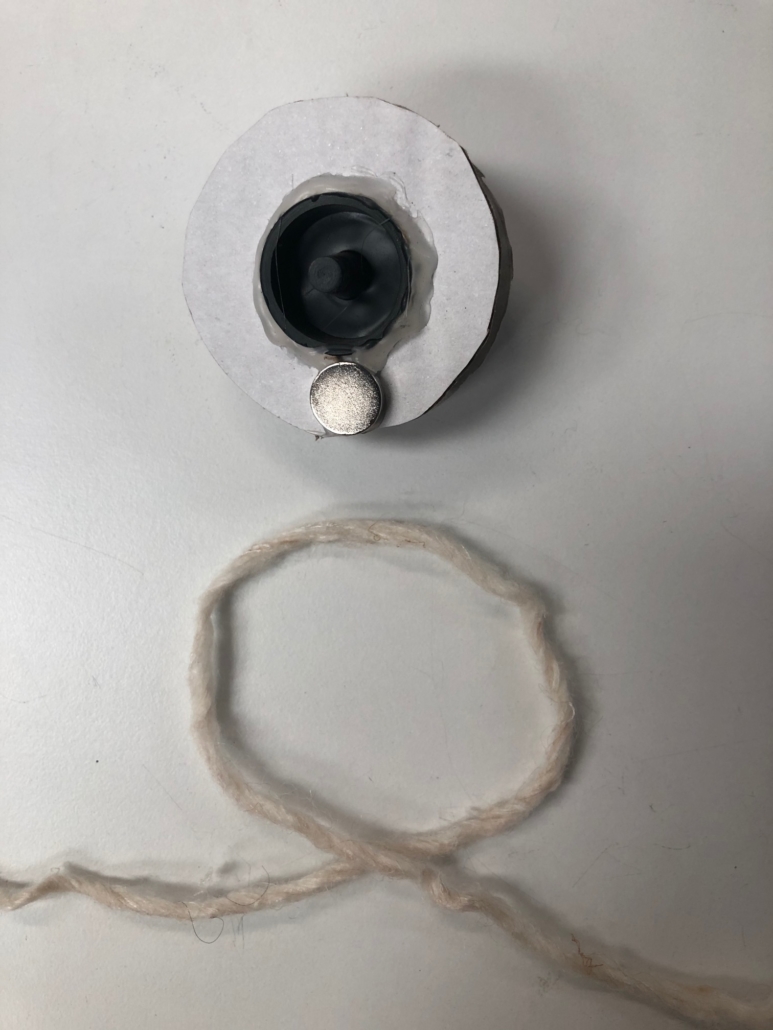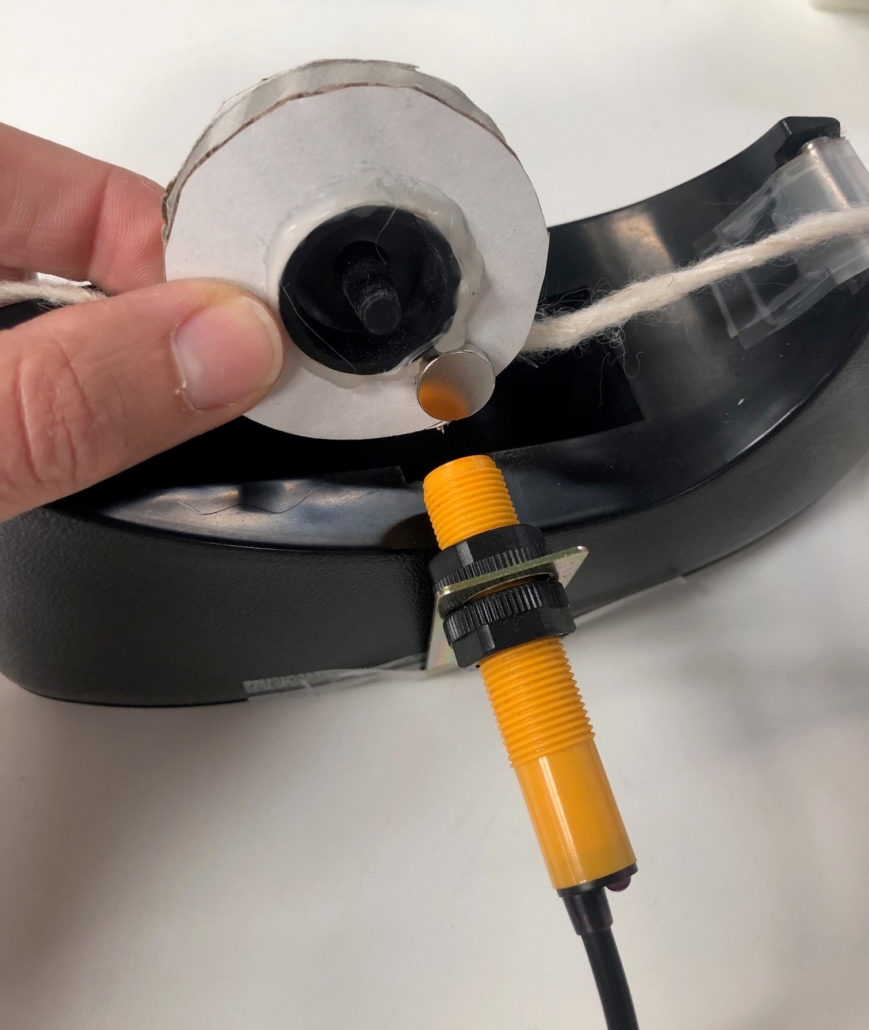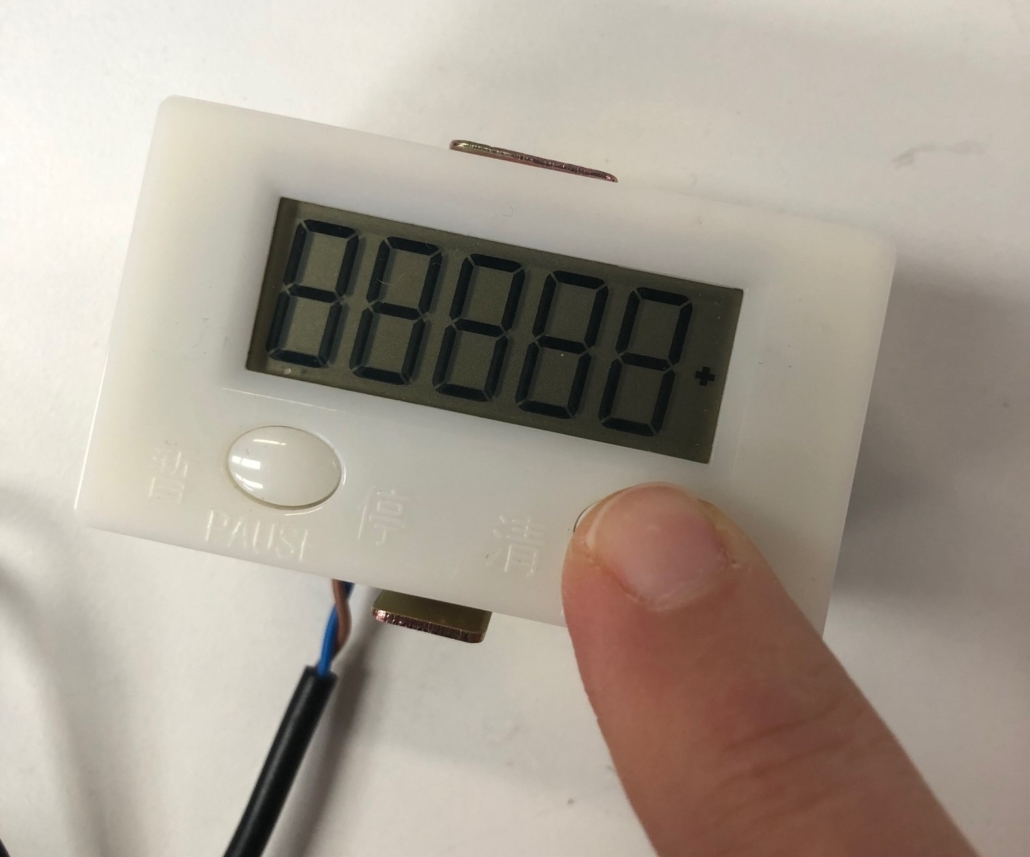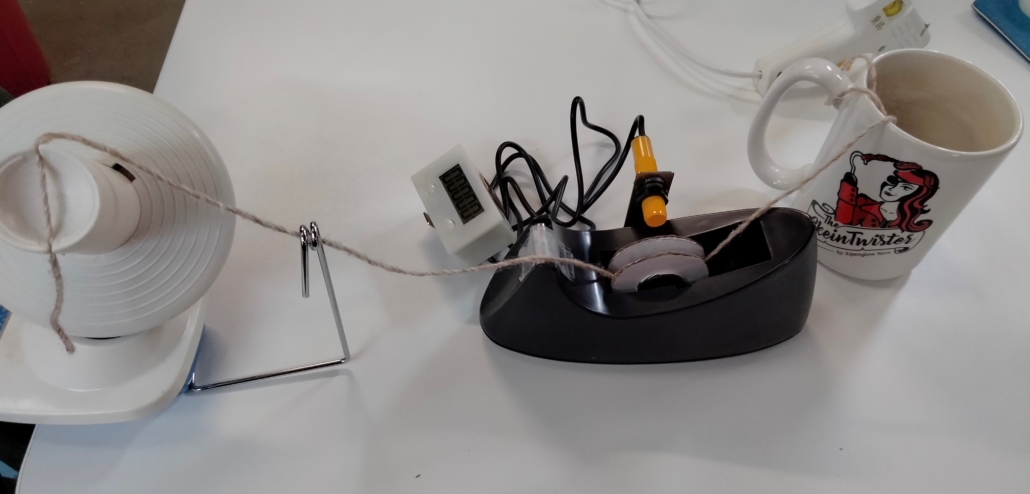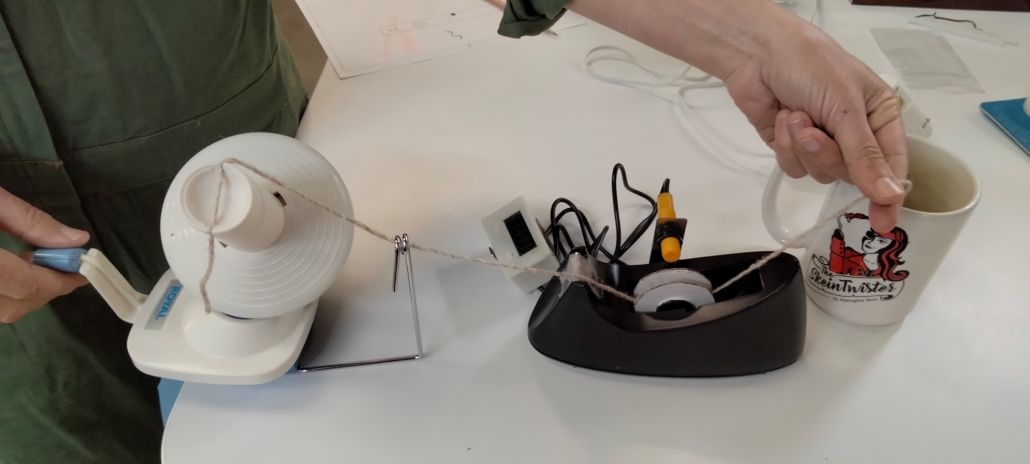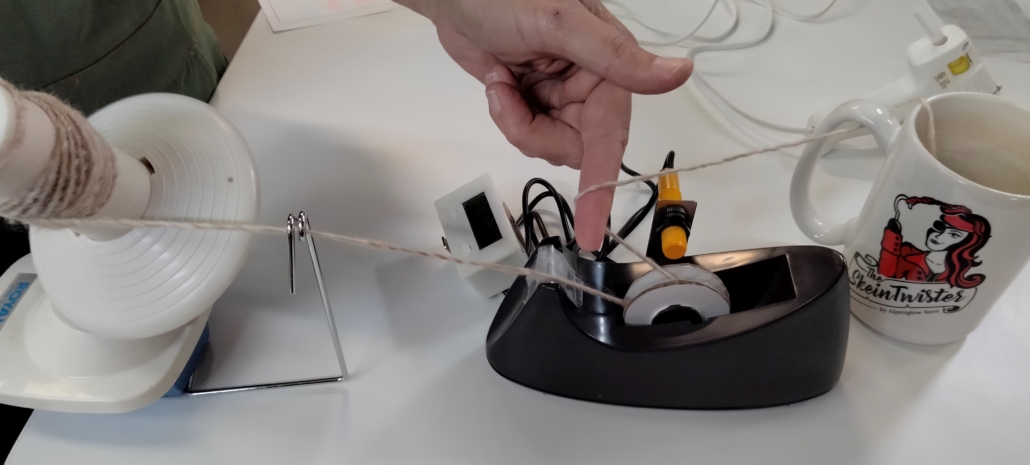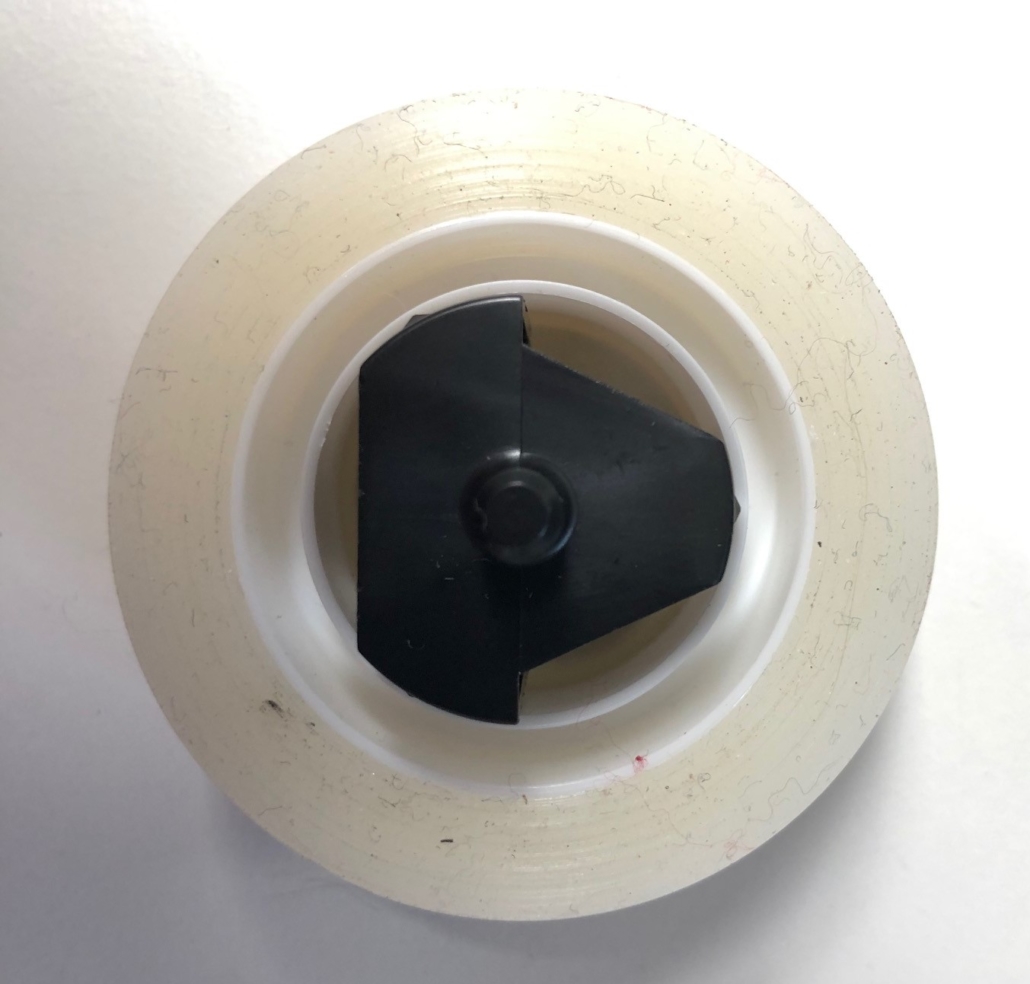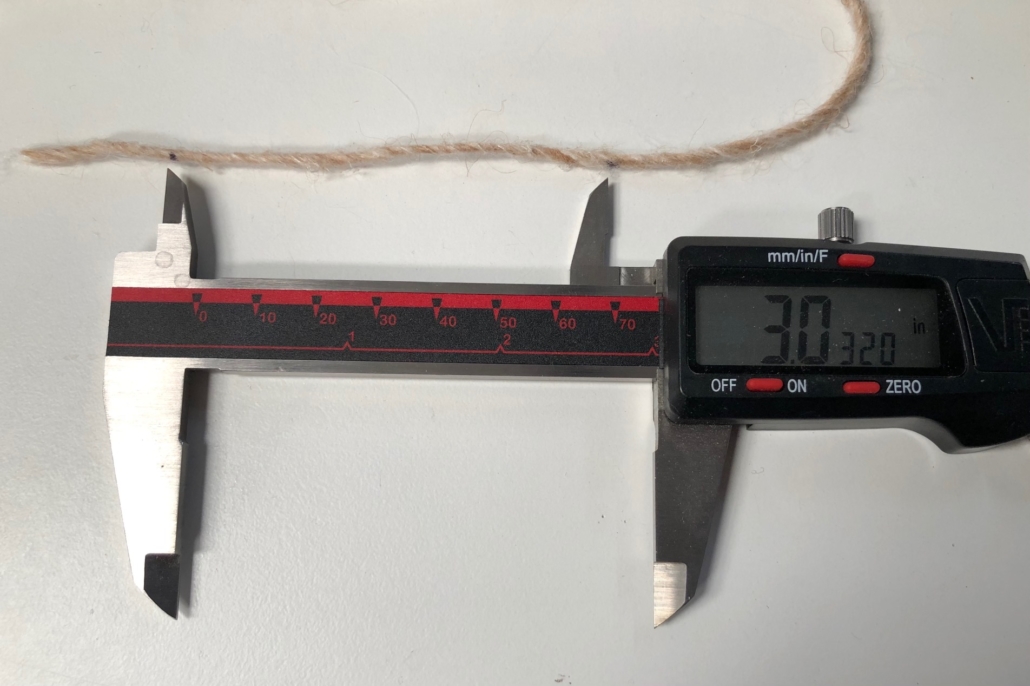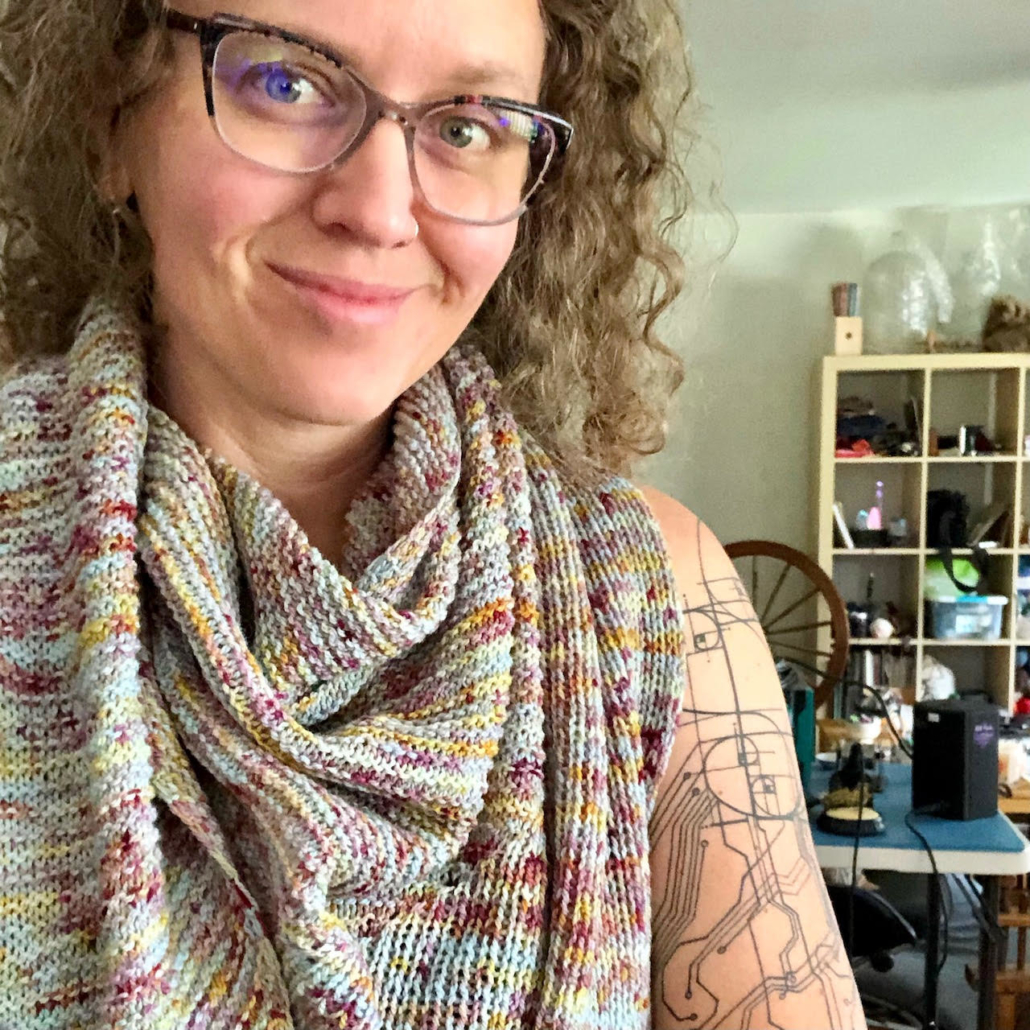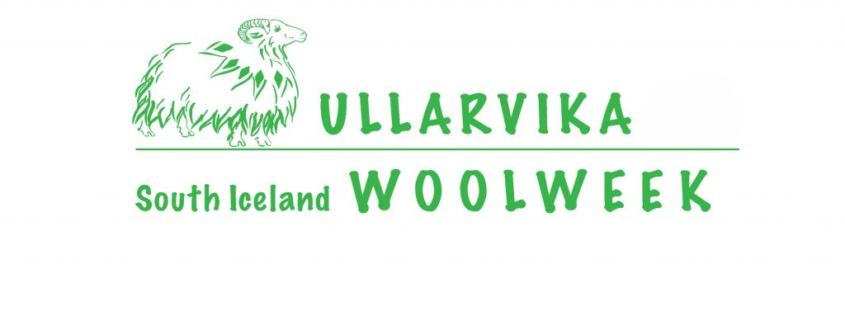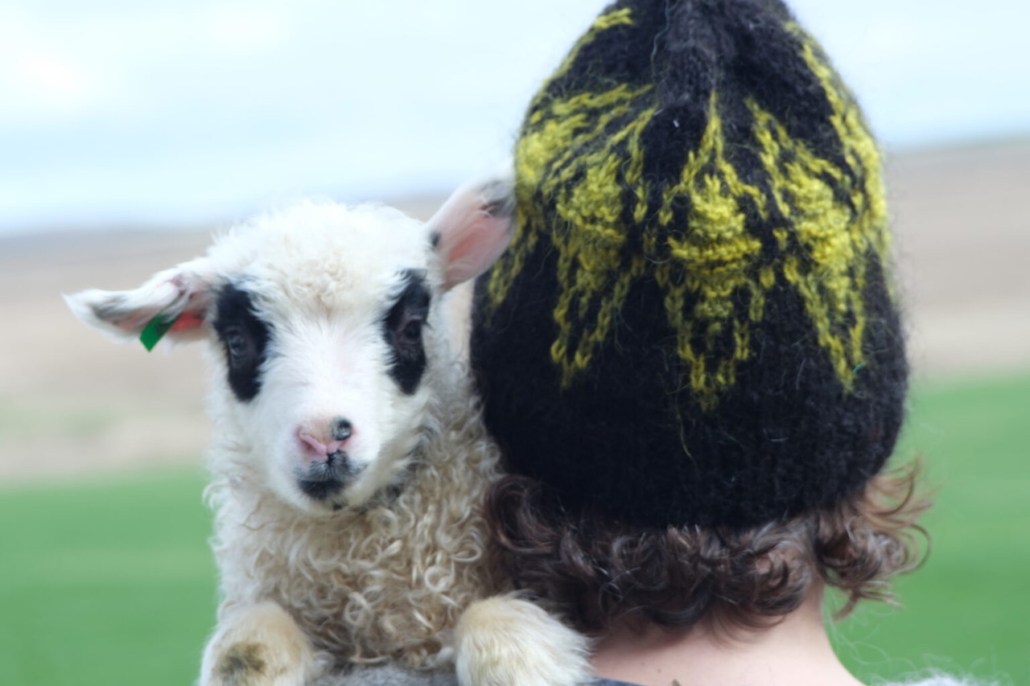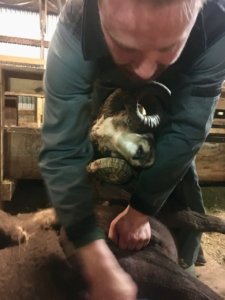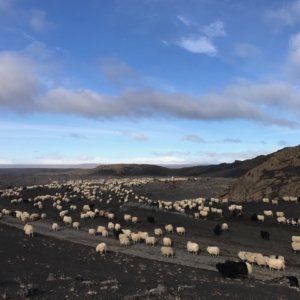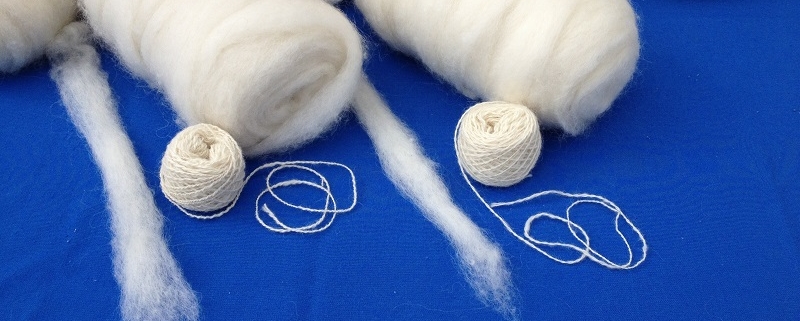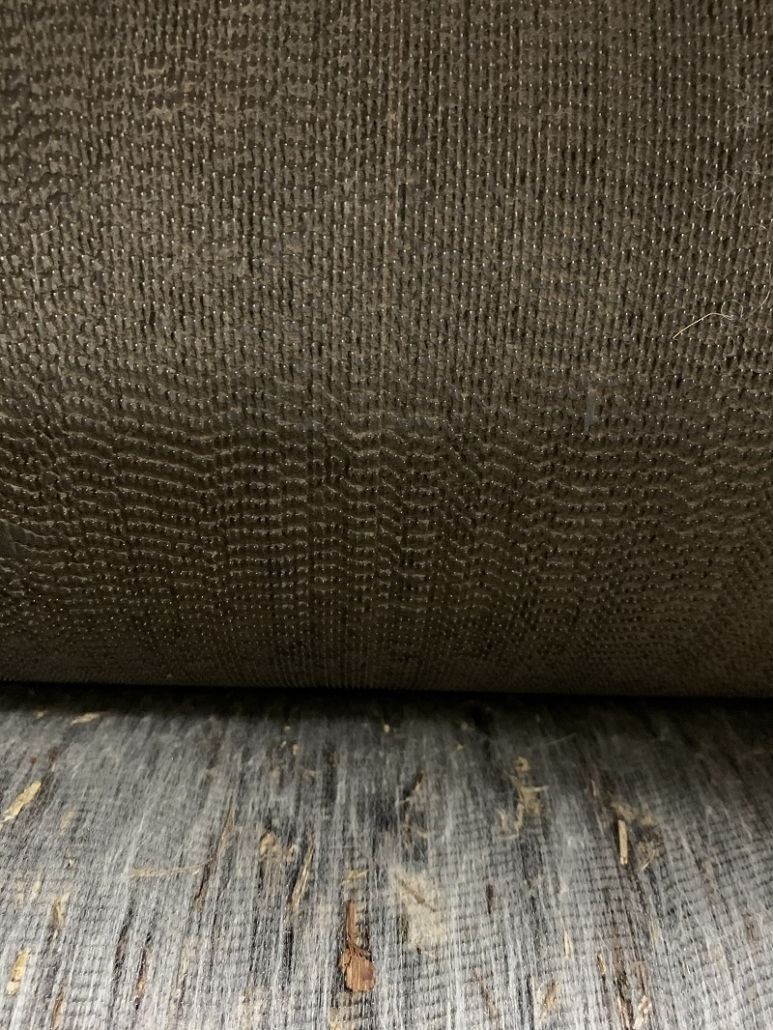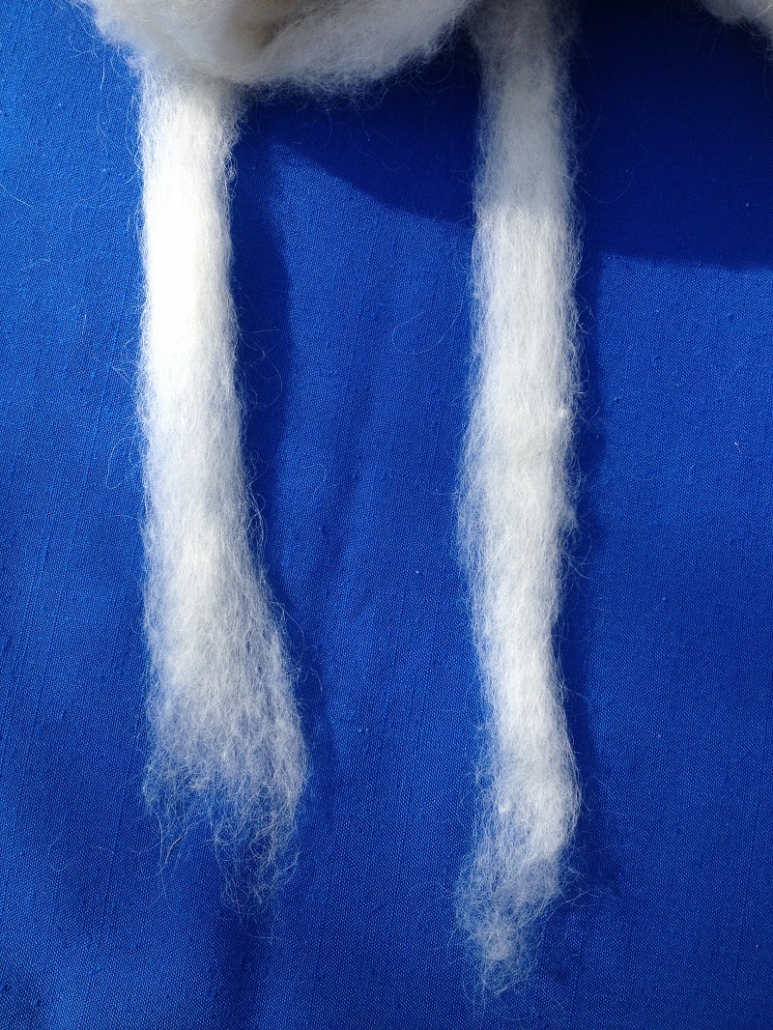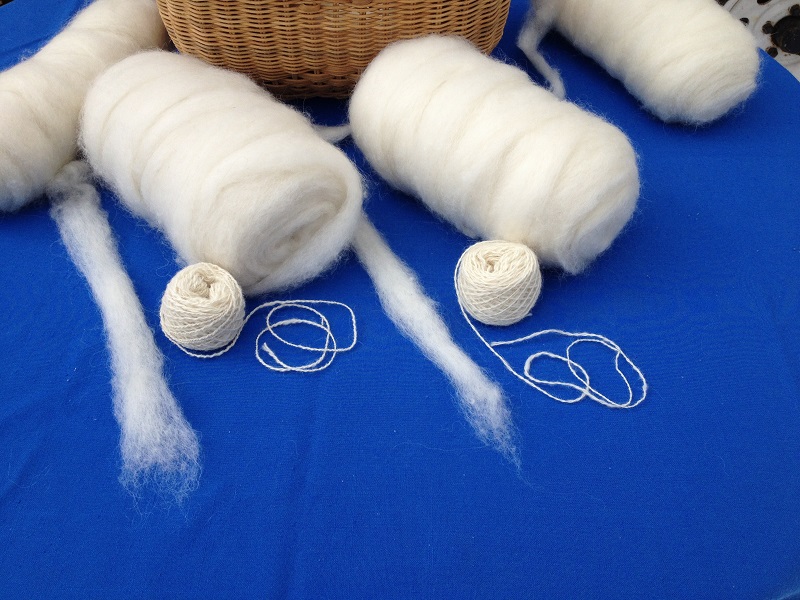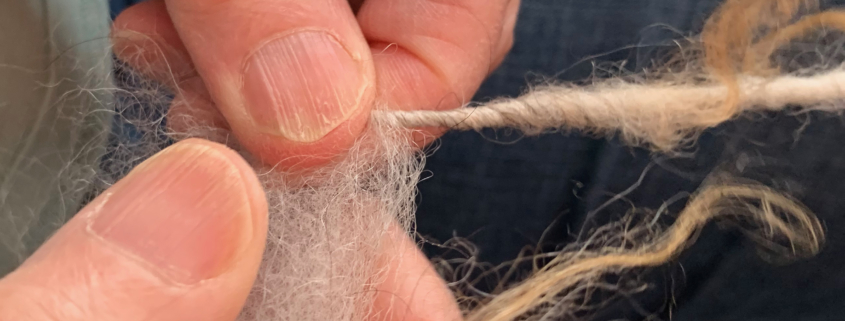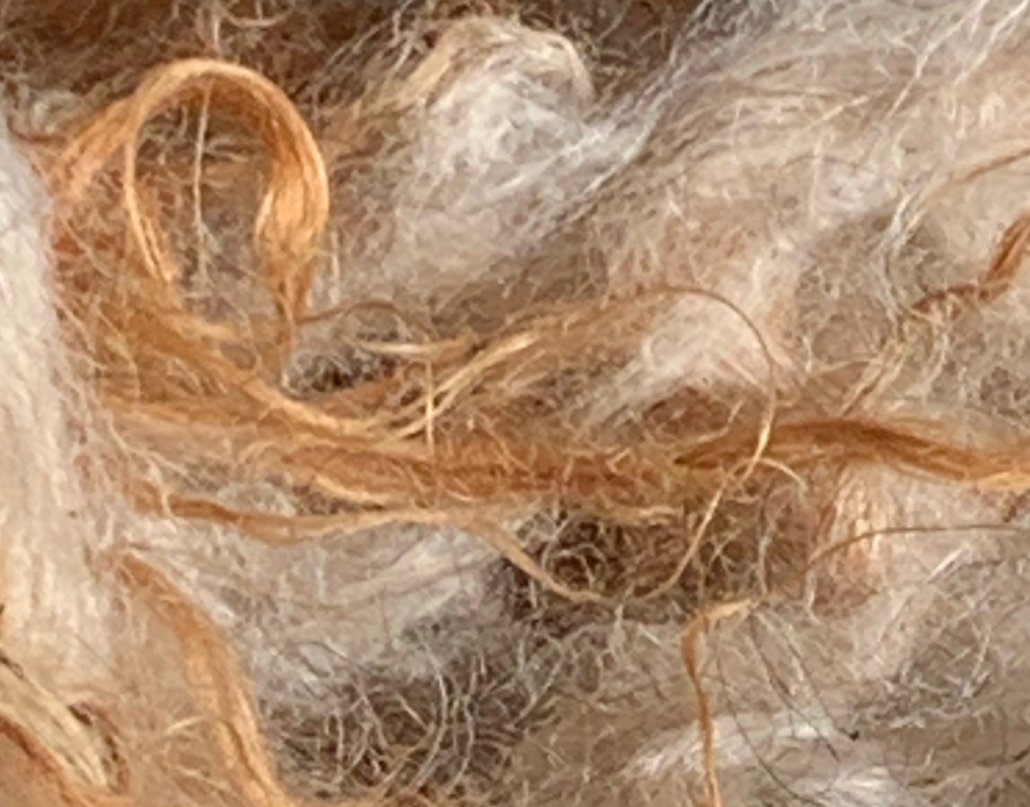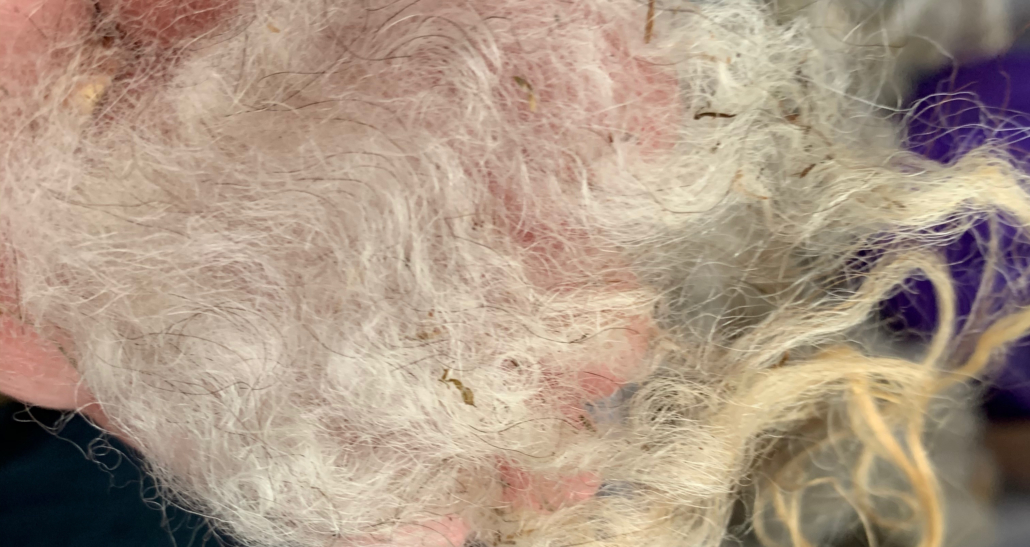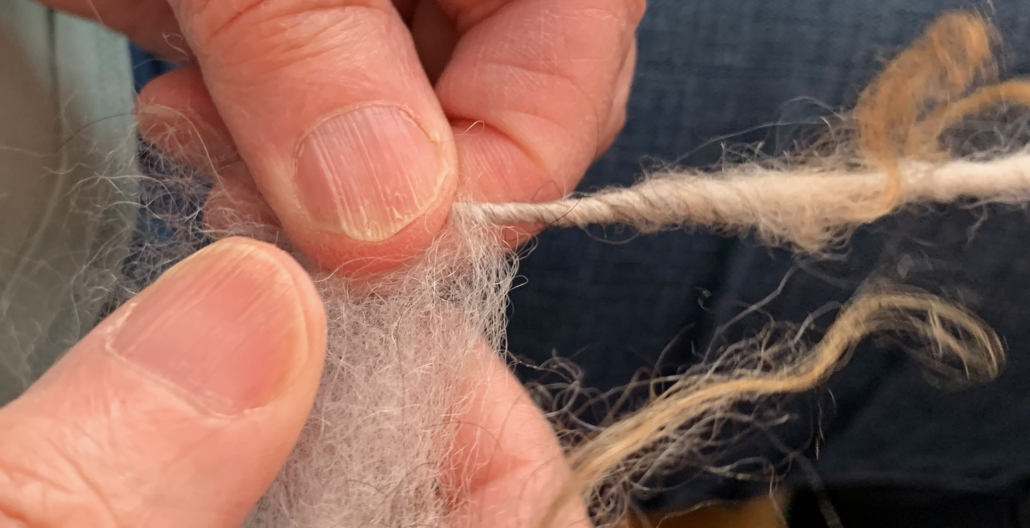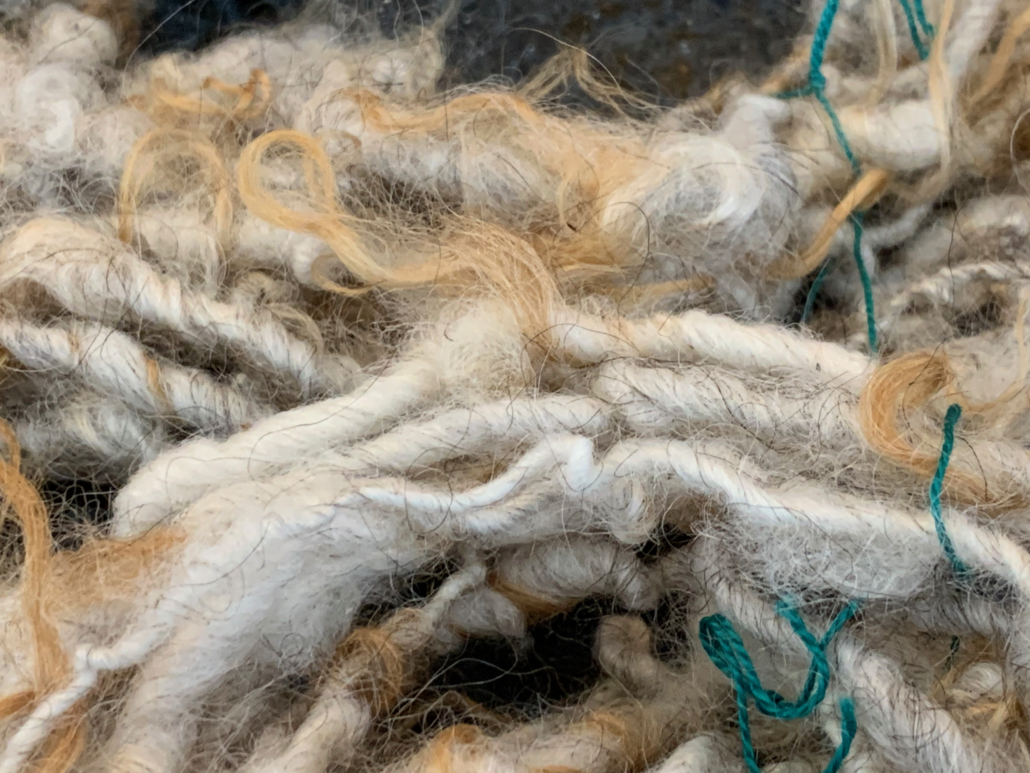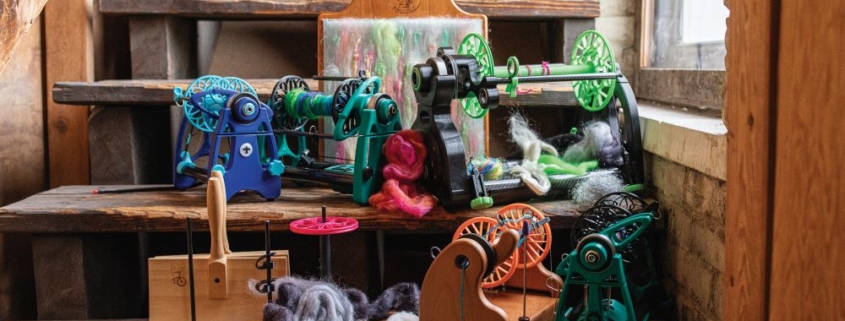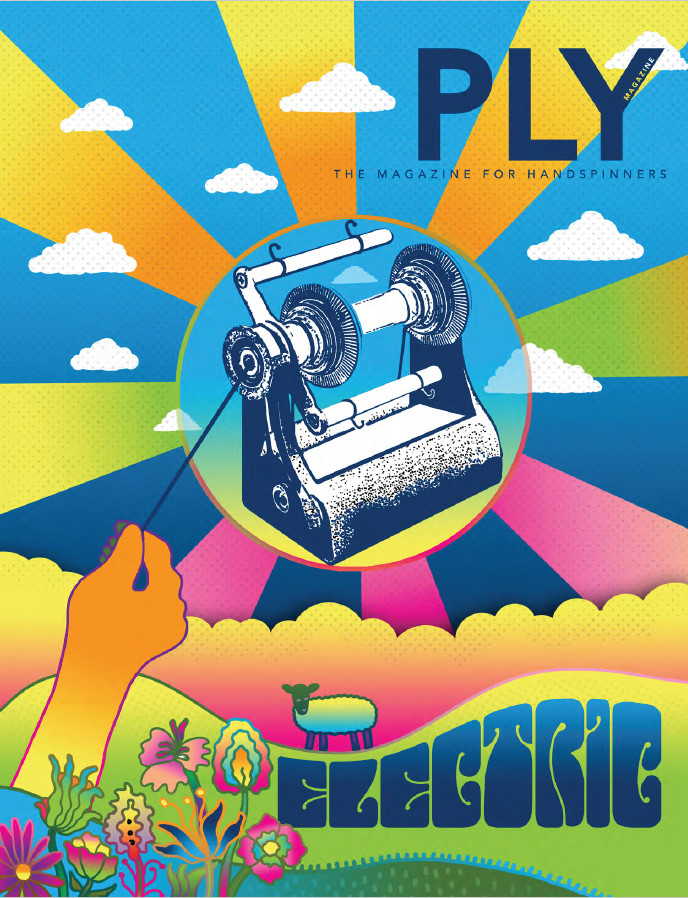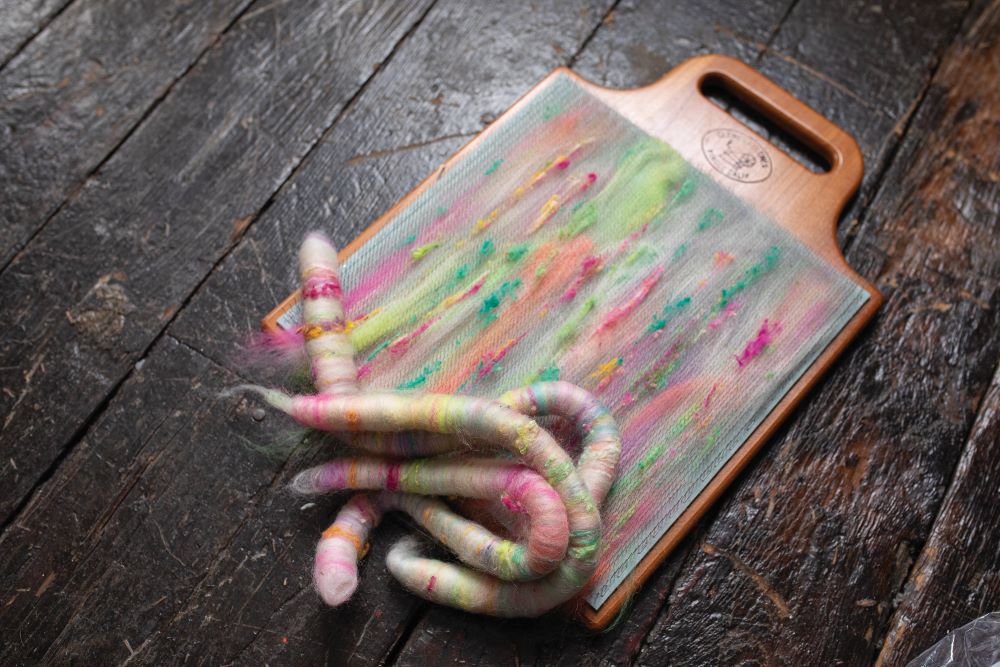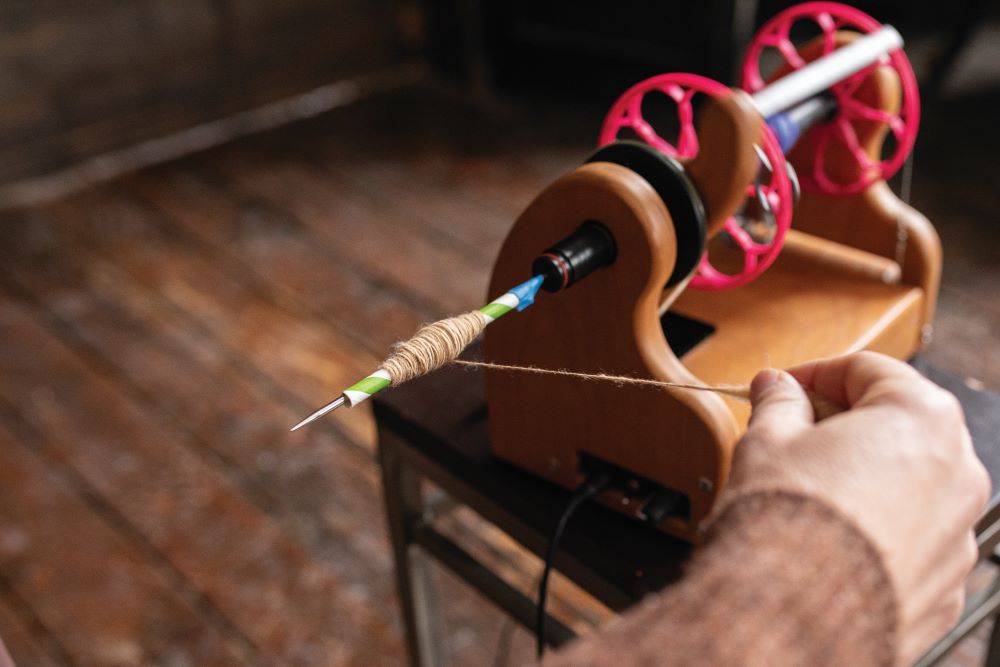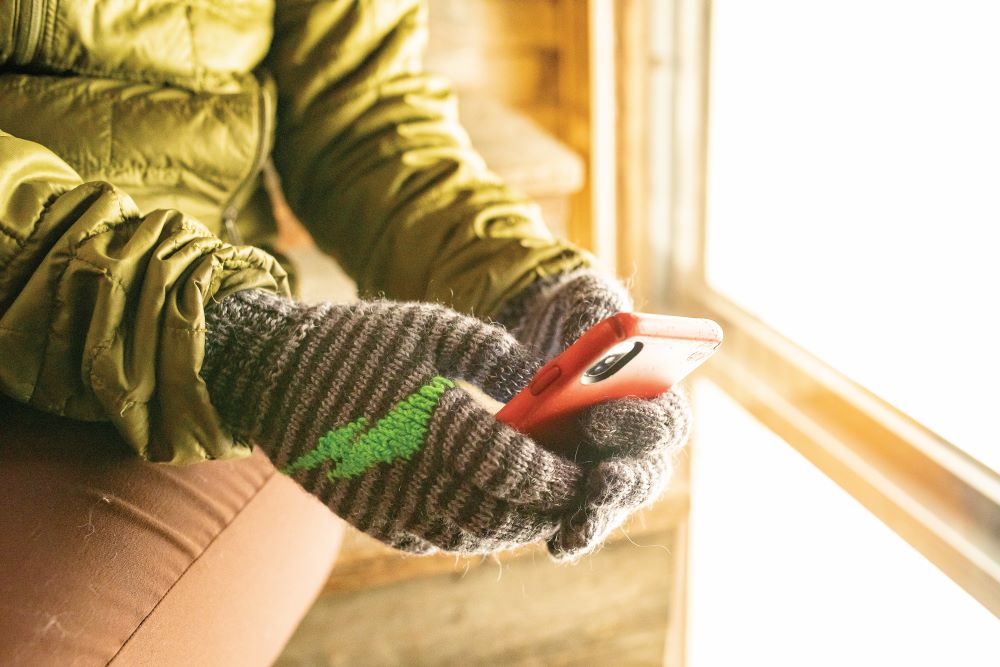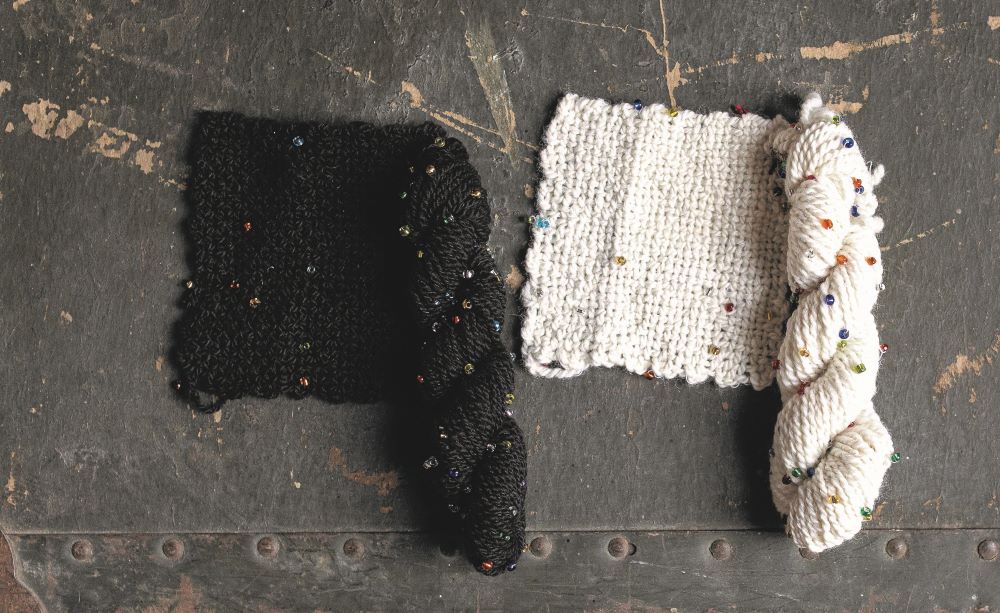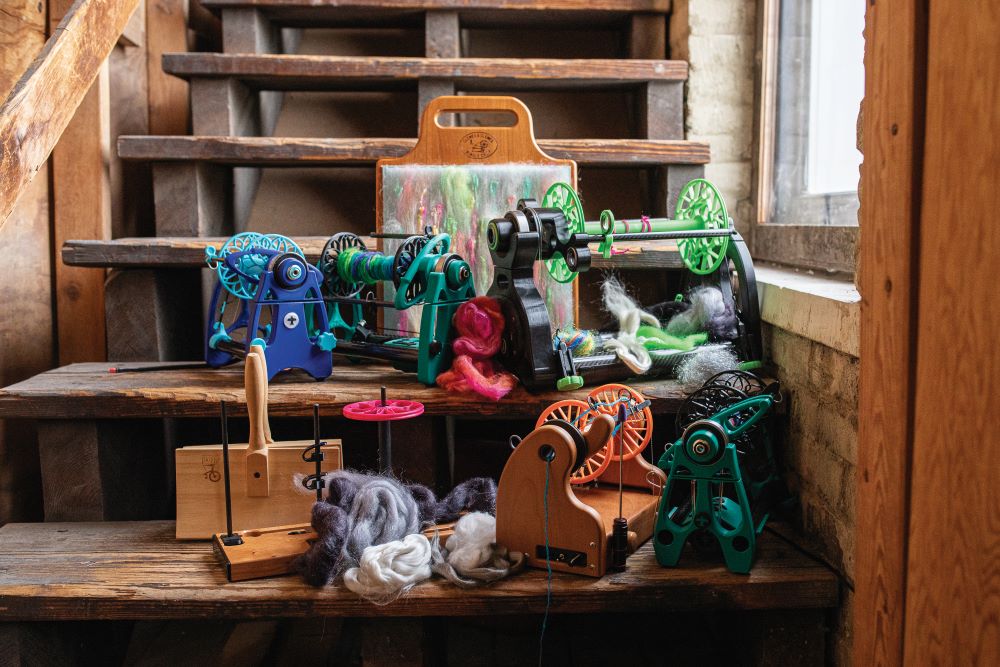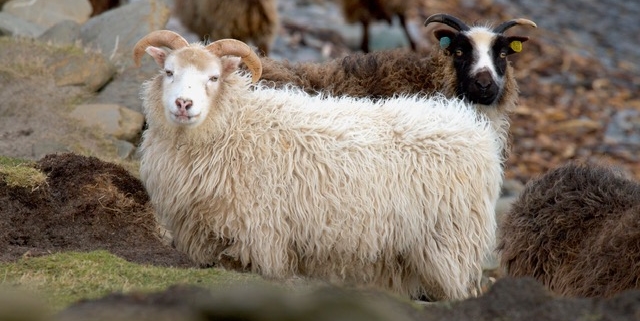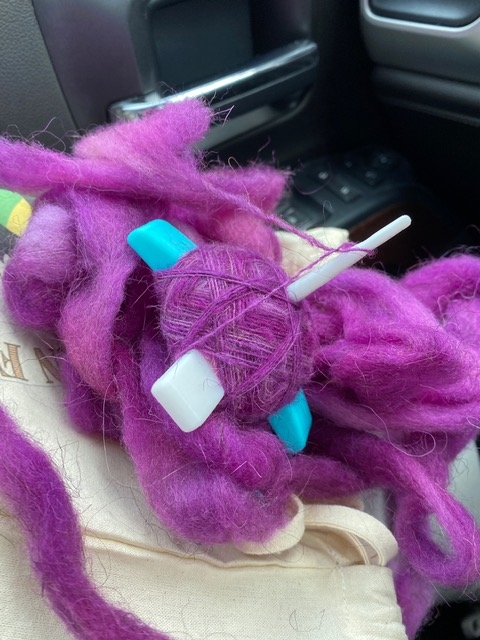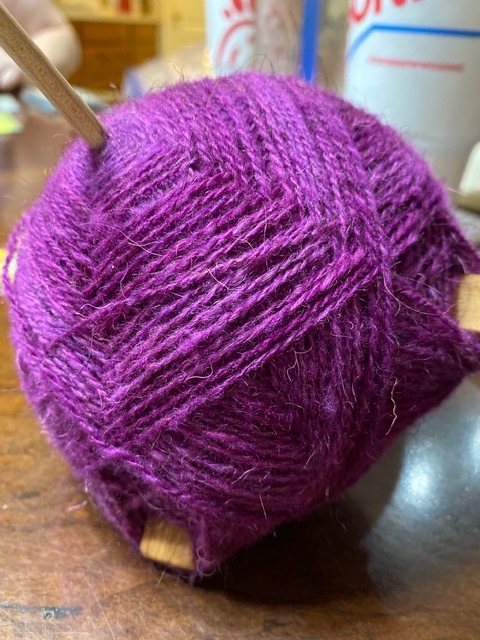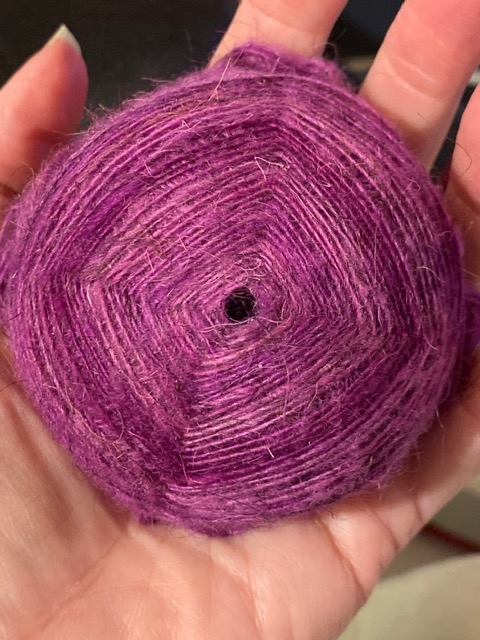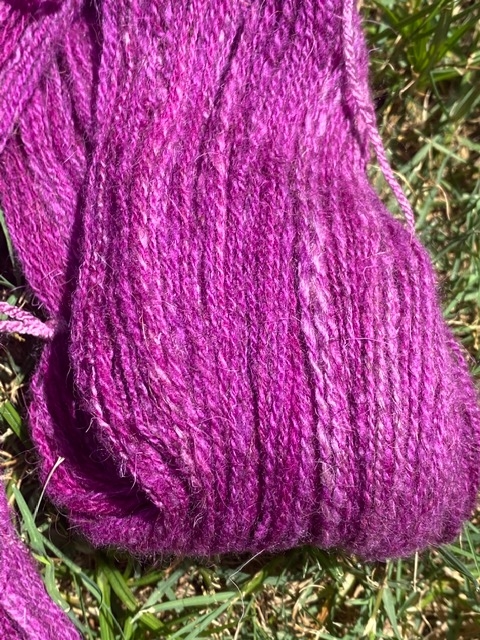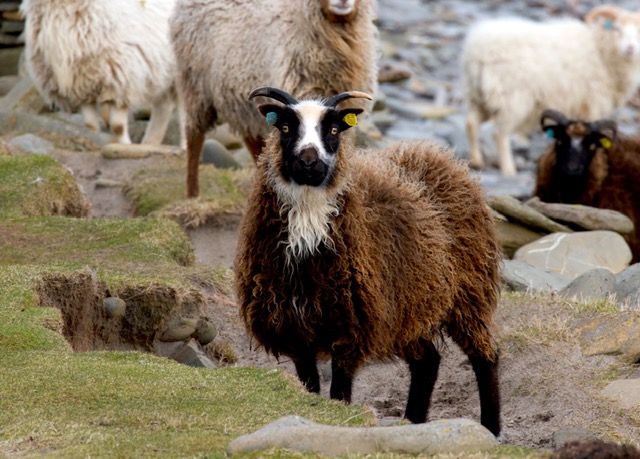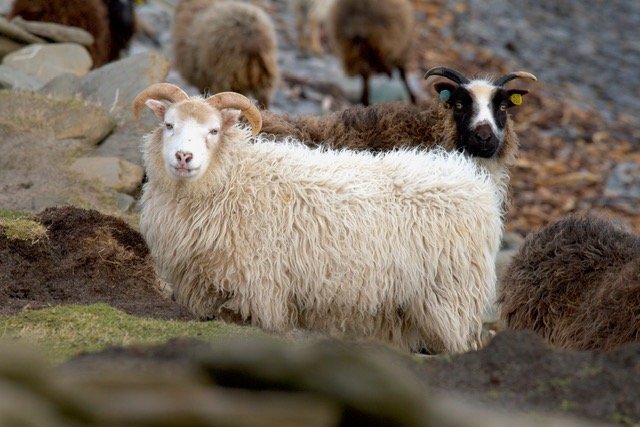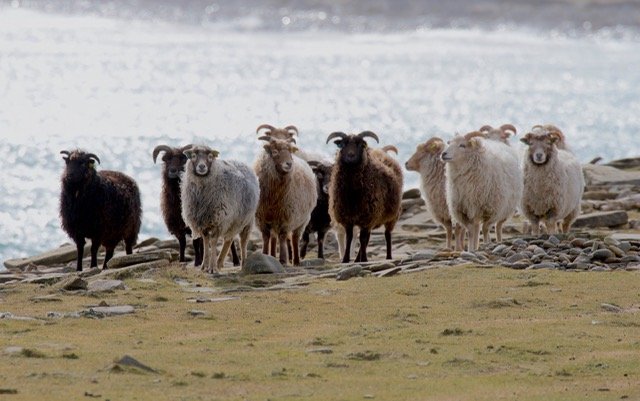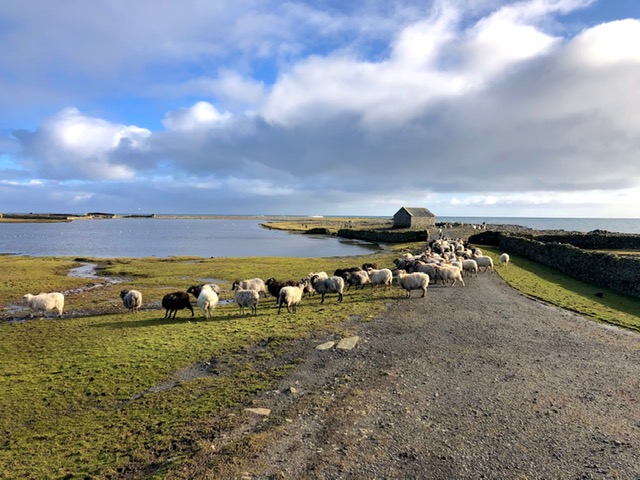Spinners During Lockdown
Thanks so much, everyone, for sharing your experiences of spinning during lockdown. We’ve shared responses throughout the past few months in the newsletter and blog. Here’s the final collection of responses.
“I have been spinning on my wheel to calm my mind if it was too frazzled to knit. I have also ordered fibre online from producers I hadn’t tried before, such as the fabulous Countess Ablaze. It’s a pity many producers haven’t been able to restock their shops or send out to customers easily, but I had a good time spinning what I could get, and planning the projects to make with the finished yarns.” ~Mickey T., UK “For Christmas received an e-spinner so learning to spin on a wheel since I have been using spindles. Love listening to audio books while I spin. Very relaxing while I spin fiber samples, learning as I go.” ~Marilou, Murrysville, PA
“Around the start of the pandemic, I had been in a spinning slump for a while. But once I was working from home, it was much easier to get a little spinning done here and there, not to mention the time gained from not commuting. My mojo came back, and over the summer I found myself (finally!) finishing processing my first fleece, a Jacob that I split into three groups by color, combed and spun. In the fall I made a great big comfy shawl out of that yarn that’s the perfect thing to wrap up in on chilly mornings.” ~Daisy F. W., Columbus, OH
“On my electric wheel.” ~Jessica P., Clifton, TN
“Sitting in my recliner with my 3 mini dachshunds. I use my Hansen pro and have been working on an order of lace weight 100 percent vicuna. Mostly I’ve been spinning exotics the last few months to restock my online stores. The luxury yarns such as qiviut, mink, and cashmere seem to sell out pretty quickly. Next up is to tackle the mountain of French Angora fiber from my bunnies, then back to exotics.” ~Gayle P., Coos Bay, Oregon
“Yak/silk dyed by Greenwood Fiberworks on support spindles and BFL gradients on my wheel from The 100th Sheep.” ~Katrina K., Colorado
“I mostly used a drop spindle and spun infrequently. Once the pandemic measures were in place, I didn’t have the bandwidth to work on my usual lace projects. Spinning was a simpler more soothing , stress relieving activity. I took up support spindling for even more ease on the body. I’ve really embraced the spinster life. My collection of spindles has gotten a little out of control and I’ve been experimenting with lots of different fibers. Spinning has definitely (for now) overtaken knitting as my #1 hobby.” ~Marilyn E., Dallas, TX
“A friend who lives near a bison farm sent me a big bag of fiber. She’s not a spinner, and she said ‘it’s not much, sorry’ but it’s an overstuffed 2-gallon ziploc bag! It’s now all been washed and I’ve been chipping away at it as I binge-watch TV. Some of it is too short for me to manage and some of it is coarse, so it’s like hunting for treasure in this big bag, but I’m finding lovely, soft fiber about 1-1.5″” long and cleaning out the grit with a dog flea comb because my carders made a mess of it. If nothing else this pandemic has taught me patience and given me the time for projects like this. I am spinning it on a fairly light spindle and the spinning goes beautifully, it’s the prep that’s taking forever, but it’s destined to be the weft for a scarf that will go to the friend who send me the fiber.” ~Anne S., Los Angeles, CA
“More than usual. Over 5,5 kg 2 ply yarn and total in singles over 29000 meters. Part of it from my own sheep’s wool.” ~Sanne H., Sweden
“I was lucky enough to be able to take a full-day breed study class with Devin Helmen last winter in which I learned about the Shave ’Em to Save ’Em program. So I embarked upon that last summer and have been using it as DIY professional development – I’m shooting for completing 15 breeds by Labor Day 2021 (just finished #5 this morning).” ~Lindsey S., Stanwood, WA
“Non stop . Actually when I’m not working!” ~Susan B., Port Sydney, Ontario
“I started spinning around 3 years ago, but hadn’t touched my wheel in 18 months, my hands were constantly sore especially my fingers, and it was almost impossible to draft and or spin, then I moved from a hardwater area to Lincolnshire lockdown 3 arrived and although my hands were constantly being washed they started to heal, I seemed to be reading about other peoples spinning tales, questions and seeing beautiful yarns being created, inspiration all around so I dug the wheel out of its cupboard (Ashford Joy 2) and tried spinning some Jacobs to see if I could still do it. In my stash I have merino, Jacobs silk, Polwarth, amazing how much you can acquire I am now on Merino/silk the days fly by as my wheel spins away, I am by no means perfect, but getting more consistent, but most of all I am enjoying myself, its very therapeutic, and the days fly by looking forward to when I can sit in the garden and spin, for now I am in the living room, trying not to take over the whole room! How am I spinning in one word, happily.” ~Sandra M., Lincolnshire
“Going back to basics – drop spindle-and learning new spinning methods – takli and supported spindle.” ~Christi, Nebraska
“Before the pandemic I had a monthly spinning meetup at a yarn shop in Ontario, once the pandemic hit we could not longer meet in person so now each week on Sunday at 11:00am we meet virtual and spin together. It is a fun way to relieve stress and chat with other spinners while working on projects and having a show and tell session. Conversation is often lively and humorous but also supportive and caring as each of us have had our own struggles with the pandemic. Some of the spinning group requested that we start a breed study to help pass the time and continue learning about spinning and sheep fibre. Each month I distribute a fleece to all and we wash, process, discuss and spin our portion of the fleece. Each of these events give us something to look forward to and keeps our group open and sharing information about sheep and spinning and fibre. It is a wonderful supportive group that allows us laughter and relief. We are thankful for each other as it helps keeps us grounded and sharing about our spinning adventures.” ~Jane S., Ontario, Canada
“Our guild, Treadles to Threads has had a drop-in casual spinning group on Monday afternoons at various member’s homes. When we were locked down we went to Zoom. There are usually 10-15 people who meet up including some who have moved away. We share what we are working on, get help from each other on spinning and knitting, etc. Our guild is working on a Jacob Sheep project using the yarn to knit one of two sheep related hats. Jacob Sheep have white, brown, black and gray wool. We have a member who has a flock of these sheep. Deb Robson gave a presentation to our guild (via Zoom) this year and we decided to use the Jacob Sheep wool as part of primitive breeds. We have been busy and in touch with each other and our fiber crafts!” ~Joan A. Walnut Creek
“If anything the pandemic changed my daily routine from having time to pick what I wanted to do to having to be more creative with my time. I became the full time caregiver to my two grandsons, which included virtual school. I’m working on my level II Master spinner certification from Olds College so I’m spinning lots of camelids and fine wools. We also acquired our first flock of Finn sheep (in the fall of 2020) on our small homestead. I’m fitting spinning in where ever I can (during zoom school for the boys), in between animal chores and now gardening. I’ve also enjoyed more zoom spin ins with friends from school and joined other spin groups with zoom! I do enjoy that I have these outlets to see others and spin at the same time!” ~Wendy C., Rochester, WA
“Constantly, but finally used some of my stash and actually knitted 2 sweaters!!” ~Susan S., Marshall, NC
“I’ve spun my remaining North Ronaldsay roving … a joy for the senses.” ~Sharon G., Kentucky
Did you know we also have a monthly PLY newsletter? Sign up here!
PLY Magazine believes that Black lives matter, as well as LBGTQI+ lives. Those most vulnerable and persecuted in our communities deserve our love and support. Please be good to each other.

